A few weeks ago, I went to a bookstore to protect myself from the rain that was getting intense. Inside, there was an entire section with books about Berlin. Most of them are the same places to see in Berlin. Most of these places are common sense for travelers.
Everybody knows them, and most books there didn’t even try to give any good reason to visit them.
While browsing these books, I realized that I have been to many different places in Berlin and that maybe I should just write down my list of places to see in Berlin. Yeah, this is my list of places to see in the beautiful German capital. These are the places that I bring my friends to when they visit me; these are some of the areas that I get my family when they come here.
These places are here because I like them. I might like the food there; I might like the experience of being there; I might like the history behind it. And I believe that you should visit them.
You need to visit these 52 places. There is one for each week of the year. This way you can do like I try to and see a different part of Berlin each weekend. This lets you explore this fantastic city and see something different every week. This is why there are 52 places here.
Fifty-two unique places to see in Berlin. Are you ready for this?
Visit Lenin’s head inside the Spandauer Zitadelle
There are many reasons to visit the Spandauer Zitadelle, and one of them is the four-tonne head of Vladimir Lenin that lays there after being recovered from its burial ground somewhere in the forests that surround Berlin.
The head that is on display there used to belong to a 19-meter-high statue that was taken apart after the fall of the communist regime in East Germany. The figure used to be the center of Leninplatz, a place in history today.
This head is a part of the permanent exhibition that brought some statues that used to have a place in Berlin but fell out of favor and were left to decay. Now, they can all be found in the same location, a medieval island fortress on the west side of Berlin.

Kaiser Wilhelm Memorial Church
The area around Kurfürstendamm is filled with life. People are everywhere, and cars go by on the streets surrounding the square where the Kaiser Wilhelm Memorial Church stands, but everything feels far away.
There is silence inside this church that, for a long time, was one of the symbols of West Berlin. But one of the most interesting things about this church is how it makes you feel like the Second World War never ended.
I felt like that when I looked up and saw church paintings filled with cracks from air raids that happened in 1943 and damaged the church to the state that it stands today. A church in ruins in the middle of one of the busiest squares in Berlin, a memorial against war and destruction.


Alt-Köpenick
In the south of Berlin, there is a historic street that was built in the twelfth century as a connection between the Schloss Köpenick and the settlement around the area. During the centuries, this road changed named quite a few times but, since July 1947, it is called Alt-Köpenick, and I just love walking around the area and the promenade throughout the year.
In the summertime, you can sit by the Dahme River and see the ducks and boats go by. During the colder months, you can see the water from one of the many restaurants in the street. Also there, you can see a statue of Friedrich Wilhelm Voigt, who became famous in the early 20th century as The Captain of Köpenick for stealing money from the municipal treasury dressed as a Prussian military officer.
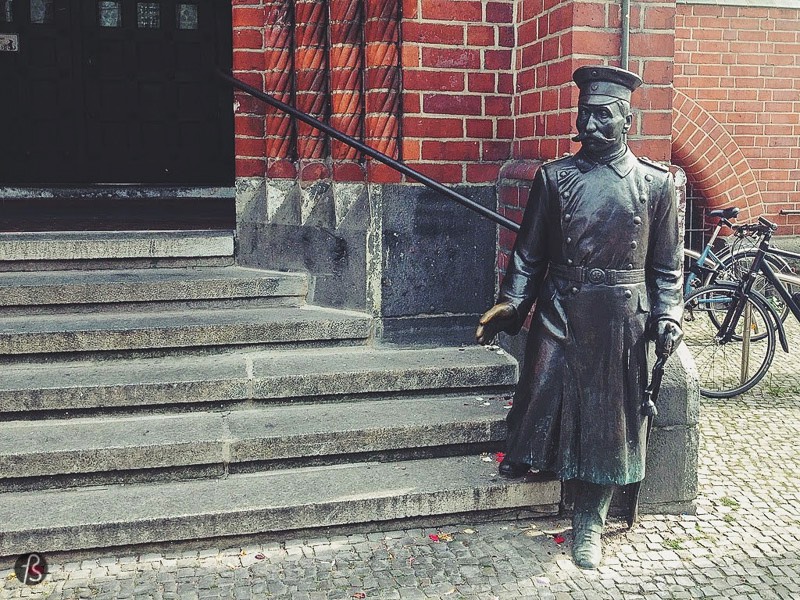

Bierpinsel
I have a thing for the weird aesthetics of architectural brutalism due to its harsh visuals, and there is nothing like the Bierpinsel. Located in one of the busiest streets in Steglitz, a neighbourhood southwest of Berlin, the Bierpinsel stands tall, almost like an observation tower.
Built between 1972 and 1976, the building has three floors that used to host restaurants and a night club but, since 2006, it has been closed to the public. Mostly because a new owner has been criticized for the work that he wants to have it done on the building. A golden exterior that would destroy that pop-art appearance that makes Bierpinsel what it is today. Let’s hope there is a better future for this building than just laying there empty.

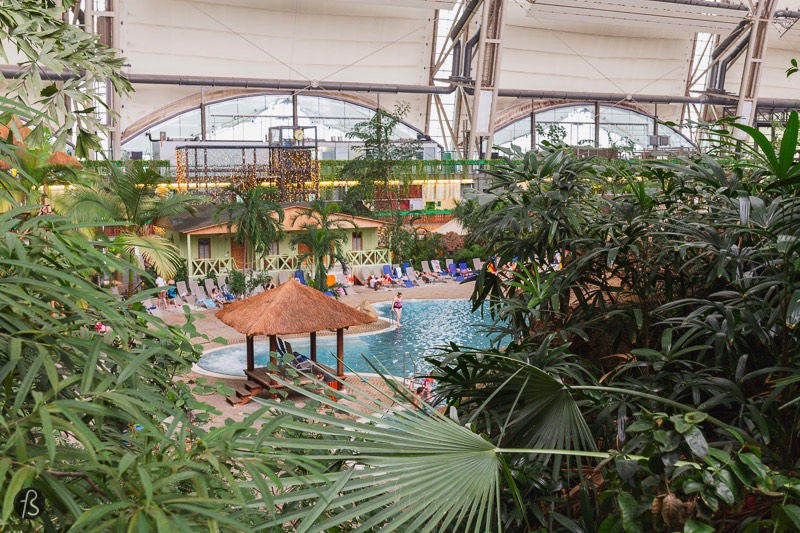
Tropical Islands
Until I saw with my own eyes, I couldn’t believe that a water park inside a former zeppelin hangar could exist, but this is where Tropical Islands are. Less than an hour away from Berlin, there is an enormous steel dome that looks like the weirdest holiday destination ever but there is where you will find a piece of a tropical paradise close to Berlin.
During my first visit there, I was surprised by the size of the construction. It is so big that the Eiffel Tower could be inside without any issue. Then I wondered about its past as a Nazi airfield base and a Soviet military station. But everything went away once I was swimming in one of the many pools you can find inside. My favorite one? The warm waters of the Amazonia pool are beyond amazing during winter.
You can read more about our experience there here!
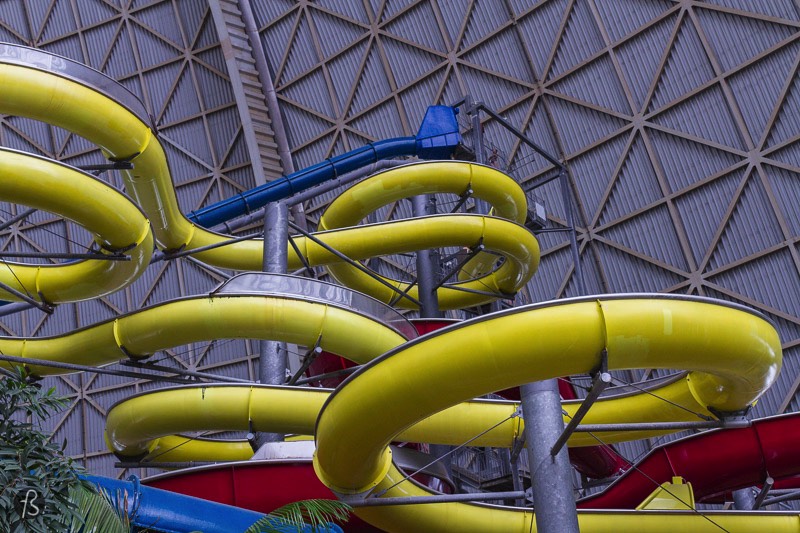
Hansaviertel
After the Second World War, many parts of Berlin were in ruins, and one of the devastated areas was Tiergarten’s Hansaviertel due to its proximity to the Reichstag. Nine in ten buildings were destroyed and, after the war, city planners and architects saw this destruction as a unique opportunity to rebuild a part of Berlin from scratch. This is how a new Hansaviertel came to be.
In the early fifties, an international architectural exhibition called Interbau 1957 was created, and development started in the area with works from iconic architects like Walter Gropius, Alvar Aalto, Oscar Niemeyer and many more. Today, this part of the city is a modernist paradise with unique buildings that make Hansaviertel look like a city within a city.

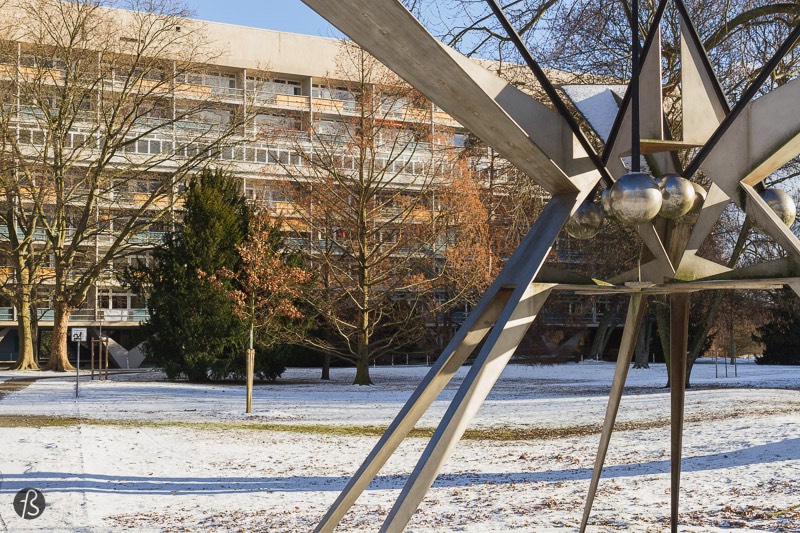
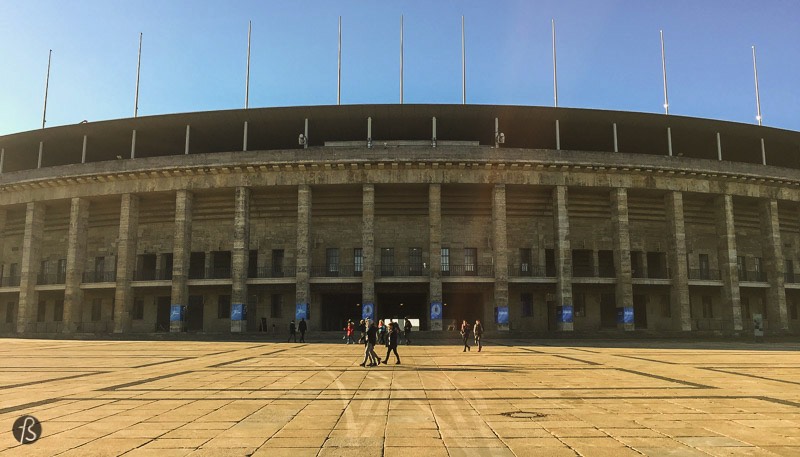
Olympiastadium Berlin
A strange feeling came to me during my first visit to the Olympiastadium back in 2012. Those Olympic Rings having between two towers were a sign of the reason why this massive stadium was built: the 1936 Olympics. Those were the profoundly political games that Hitler used to show the world his new Nazi Germany. But those days are over now, and most of the stadium was rebuilt through the years.
The track where Jesse Owens once ran is not here anymore but this it the same football field where Zidane head-butted Materazzi during the 2006 World Cup.
I’m not a huge fan of sports, but I had to add the Olympiastadion Berlin to this list due to its history and beauty. Also, if you like football, you must visit the Olympiastadium as I did once, and you will not regret it.
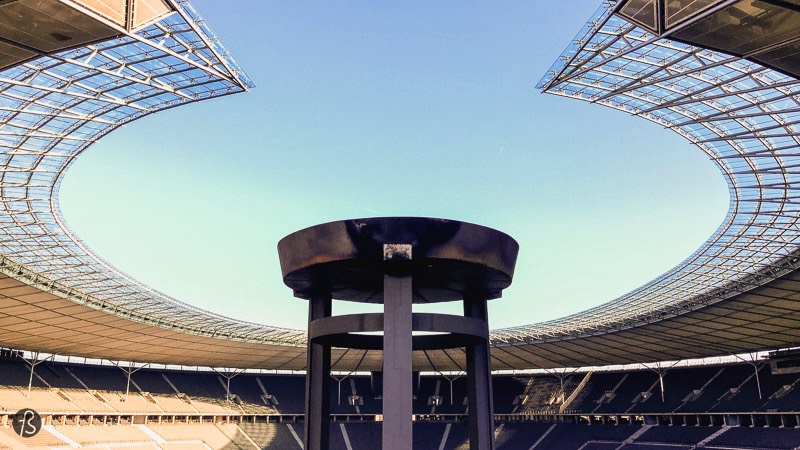
R.S.V.P. Mitte
One of the prettiest stationery shops that I ever visited can be found in Mitte, in a small store on Mulackstraße. This is where you will find R.S.V.P. – a special place for those who like writing with pen and paper. Inside the shop, you will find a variety of hand-made products that go from cards printed with letterpress to fountain pens. One of my favorite places in Berlin for sure.


David Bowie Memorial Plaque
For those who don’t know, David Bowie used to live in Berlin during the late seventies. David Bowie lived with Iggy Pop in an apartment in Schöneberg while they were trying to escape the Los Angeles drug culture. After his death, the city of Berlin decided to remember his time in the city. Nowadays, on the place he used to live, on Haupstrasse 155, there is a memorial plaque for David Bowie with a small quote from the song Heroes that says, “We can be heroes, just for one day.”
If you want to learn more about Bowie’s Berlin, you just have to click here.
Rogacki
Rogacki is one of the last delicatessens in Berlin. Opened in the northern part of Wilmersdorfer Strasse all the way back in 1928, this is where you will find the finest food in the German capital.

There are different counters with bread, cheese, many varieties of cheese and sausages, and much more. One of my favorite weekend activities is going to lunch and seeing everyone who decided to do the same as me.
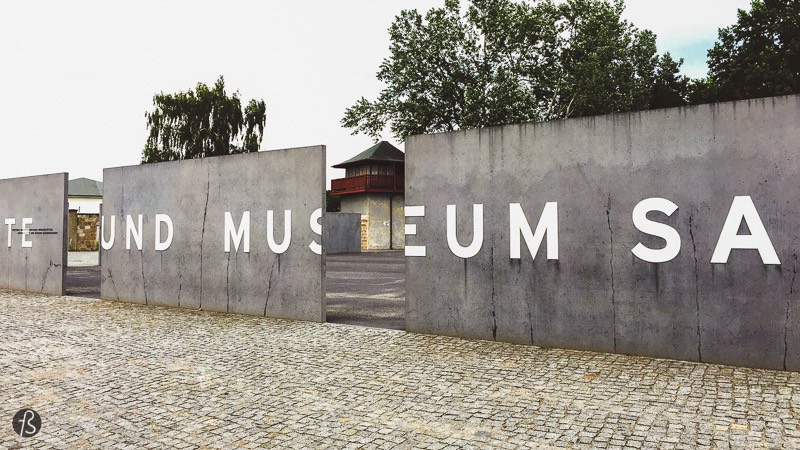
Sachsenhausen Concentration Camp
North of Berlin, in a city called Oranienburg, is where you can find the Nazi concentration camp known as Sachsenhausen-Oranienburg. It was used mainly, for political prisoners from 1936 until the end of the Second World War in 1945.
Today, the site of the Sachsenhausen camp is open to the public as a memorial and a museum, with several buildings still standing and accessible to those who go there.
A lot of people visit Berlin with a historical interest in those events that happened during the Second World War, and I always tell them to visit more than the Reichstag and the Holocaust Memorial. Sachsenhausen is an essential piece of history that everybody should see just to see a small glimpse of what can be done when humans turn into something evil.
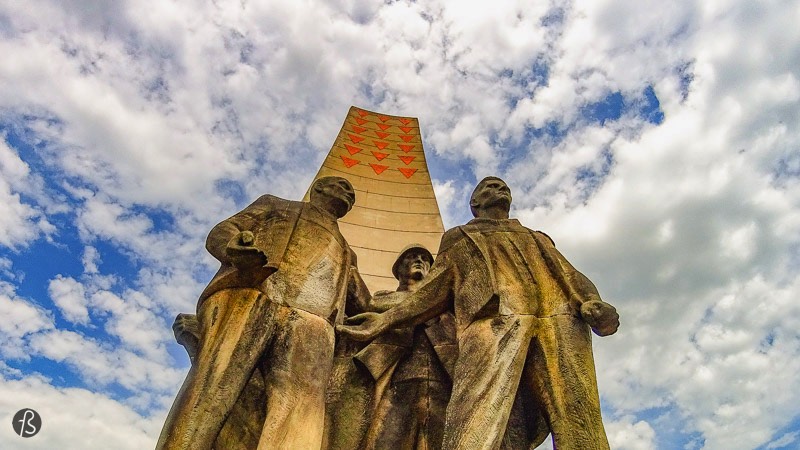
Mäusebunker — The Central Animal Laboratory of the Freie Universität
If you like architectural brutalism, Mäusebunker is one of the places you must visit in Berlin. The Central Animal Laboratory of the Freie Universität is an odd-looking building in Lichterfelde that, at least for me, looks more like a spaceship that landed in the wrong place and is ready to fight whoever approaches.
The building was designed by German architect Gerd Hänska, whose work is spread around the city, and it could be described as brutalism. It took the city more than ten years to build it, and, today, is houses mice for research on transgenic disease models. This is one of the weird items on this list of places to see in Berlin, but it’s more than worth it.
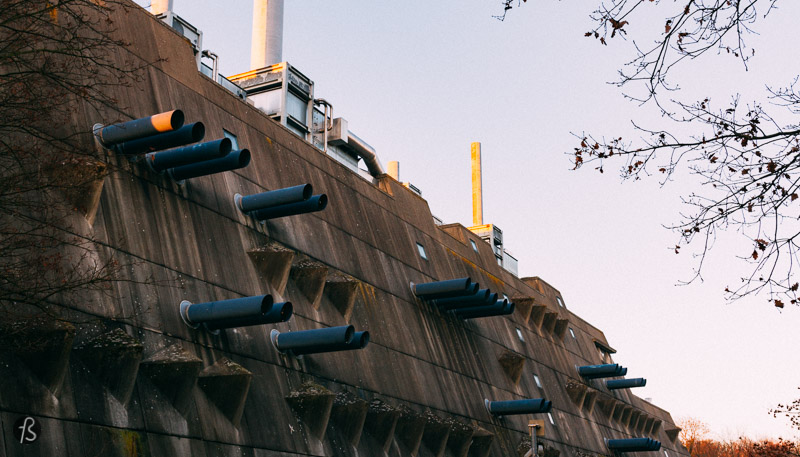

Dong Xuan Center
During my first visit to Berlin, I was surprised to see so many Vietnamese people. After some research, I learned that, with more than 20.000 people, the Vietnamese are the largest group of non-Europeans living in Berlin. Most of them got to the city as guest workers during the East German regime, and some decided to stay.
In the early 2000s, after an increased economic pressure, Dong Xuan Center was built to provide goods and services to the community. Since 2005, this wholesale and retail center has been for those interested in Southeast Asian food and those who want to bargain shop textiles, leather goods, toys, and jewelry. I go there for the food, and you should do it too.

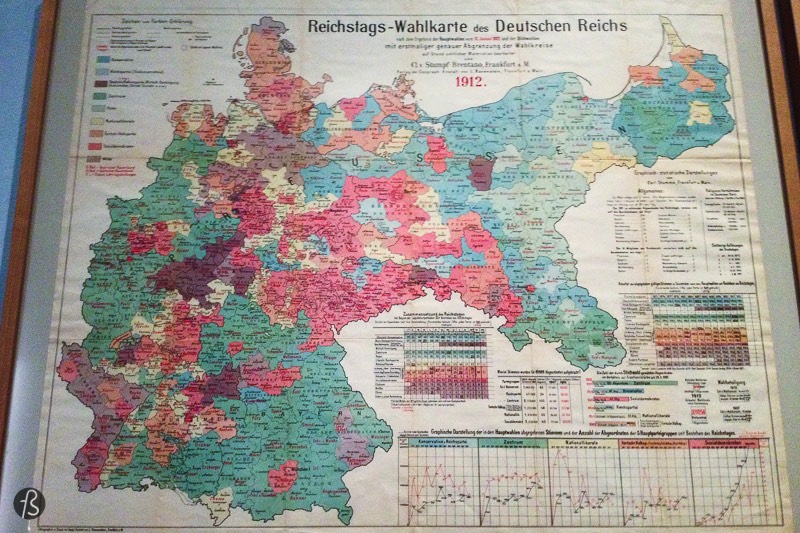
German Historical Museum
One of my favorite museums in Berlin is focused on the rich history of Germany as a place of enlightenment and understanding of the shared history of Germans and Europeans. Located next to the Berliner Dom, this is Germany’s national historical museum, and it was founded on the 750th-anniversary celebration of Berlin back in 1987.
I have been to the German Historical Museum a few times with friends visiting Berlin, and every time that I visit the museum, I see something that I never saw before and learn something new about Germany’s history that I wasn’t aware of.
There you can find artifacts from the Holy Roman Empire to the Nazi regime and the reunification of Germany. If you want to learn more about Germany and its people, this is the place to go.
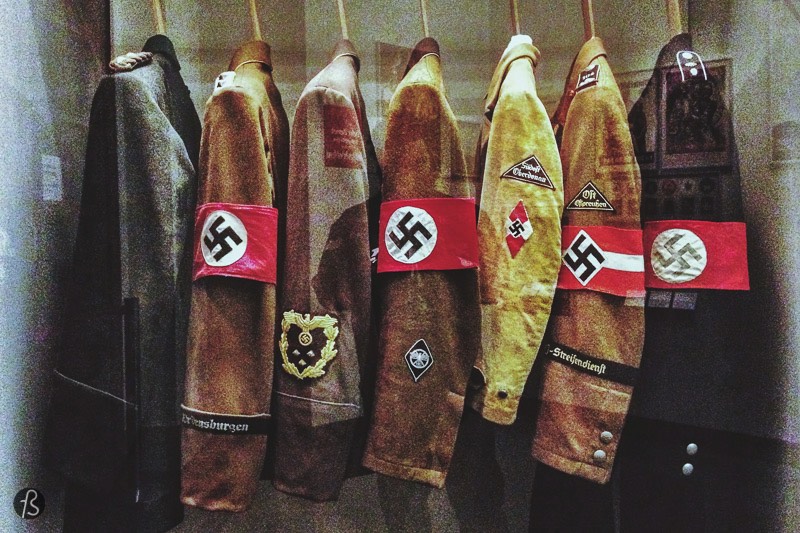

The Allied Museum in Dahlem
Far away from the center of Berlin, a museum documents the political and military history of the Western Allies in Germany and Berlin between 1945 and 1994. Located in Dahlem, where the US Army headquarters used to be, this museum shows the essential part of the military during the Cold War years in the German capital.
At the Allied Museum in Dahlem, you can learn about the process of denazification and the sacrifices that British and American forces went through to keep Berlin fed during the Airlift. Also, you can see the last guard house that used to stand at Checkpoint Charlie next to a transport place employed by the Royal Air Force in the Berlin Airlift. I went there to see what remained of the first guard house at Checkpoint Charlie, and I was pretty surprised to see a free museum filled with history.
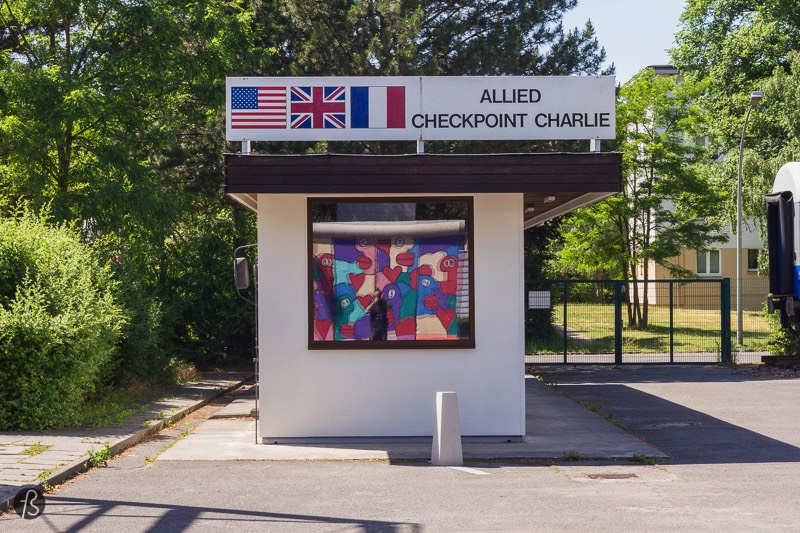

Arkona Platz Flea Market
I’m not a big fan of flea markets, but the one on Arkona Platz is so great that even I can enjoy it. This is easily one of the best, if not the best, flea markets in Berlin, and you can always find something to buy, from movie posters to stationery, shoes and furniture to toys and house items.
Another place to shop on our list of places to see in Berlin is for those who are tired of listening to people talk about the flea market at Mauerpark.

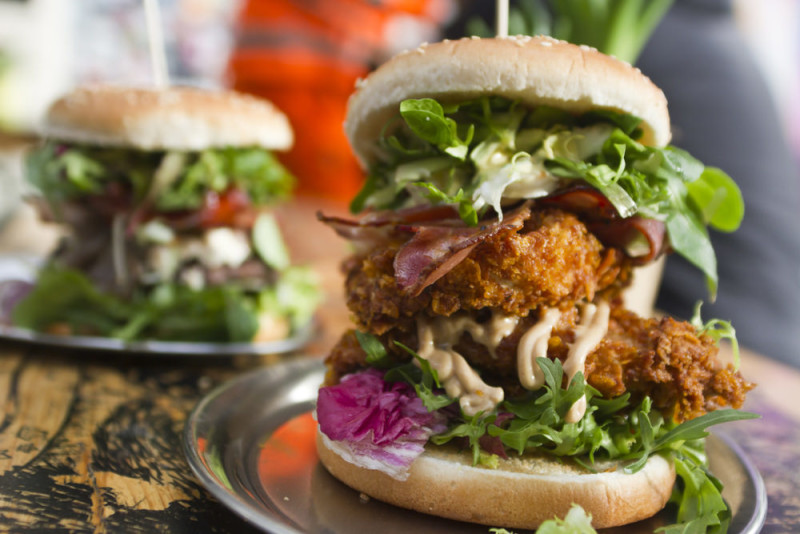
An afternoon at BBI, Tristeza, and Two and Two in Neukölln
A block at Pannierstrasse in Neukölln is a small piece of heaven for me on Saturday afternoons. I say this because, if I get the time right, I can eat one of my favorite burgers at BBI, eat the best chocolate cake Berlin offers, and have a beer at Tristeza. Those places are on the same block, and I love everything about them.
I already talked about the unforgettable burgers at BBI and the piece of heaven that is the chocolate cake at Two and Two, but I never wrote anything about Tristeza. So, Tristeza can be described as a punk bar with cheap beer, great music, and a friendly staff. They also have hazelnut shots that you shouldn’t forget to try. Trust me.
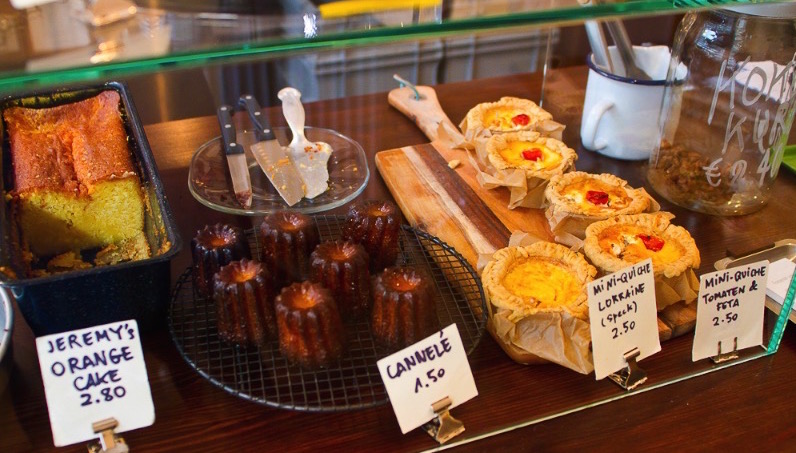
Bauhaus Archive
The Bauhaus Archive hosts the most extensive collection of furniture, sculptures, paintings, sketches and architectural models from a school that was founded in 1919 and ended up becoming a movement. Founded by Walter Gropius to bring all the arts under the same roof, Bauhaus became a synonym for functionality and well-made goods that rejected unnecessary luxury.
Located next to the Landwehr Canal in Tiergarten, the Bauhaus Archive is surrounded by gardens that isolate the building from its surroundings, making its impressive architecture even more unique. Like me, if you are a design fan, this is a place you shouldn’t miss.

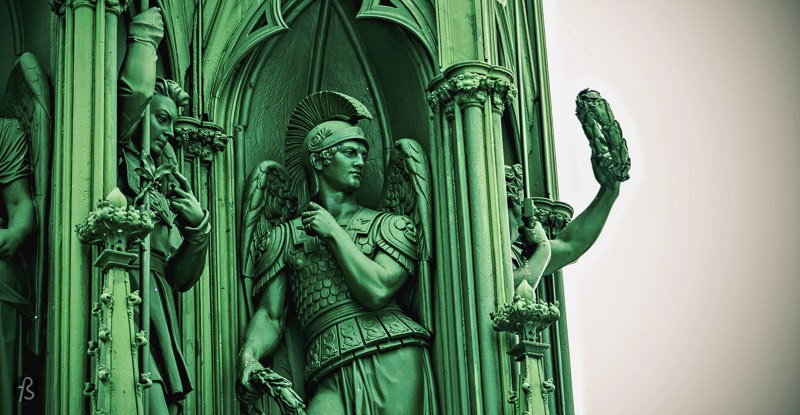
A Visit to Viktoriapark
Viktoriapark is more than a park in the middle of Kreuzberg; this is why Kreuzberg has its name. But there is even more to see in this park. On top of the hill is a national monument to the victorious campaign over Napoleon Bonaparte and the liberation of Europe from French domination.
From the top, you can enjoy a beautiful view of the city that becomes even more special during New Year’s Eve when fireworks are everywhere. But, my favorite thing about Viktoriapark is that there is a waterfall coming down from this 66-meter high hill in the middle of the city.
Built in 1888 as a replica of a waterfall in the mountainous area between Poland and the Czech Republic, this is one of my favorite places to see in Berlin during summer.
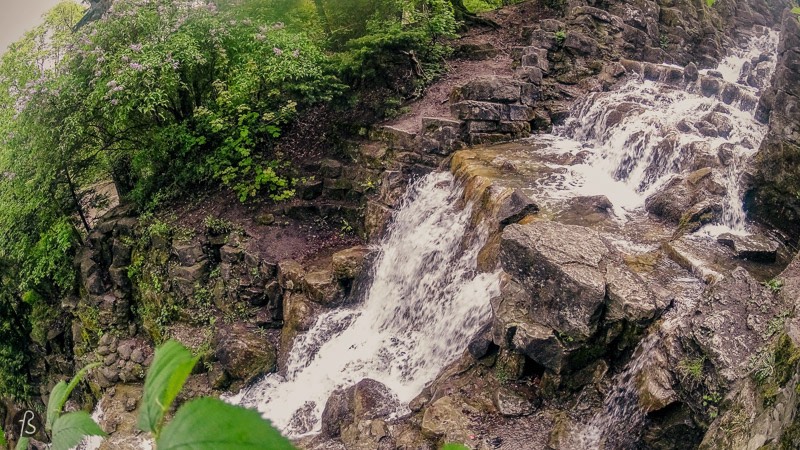
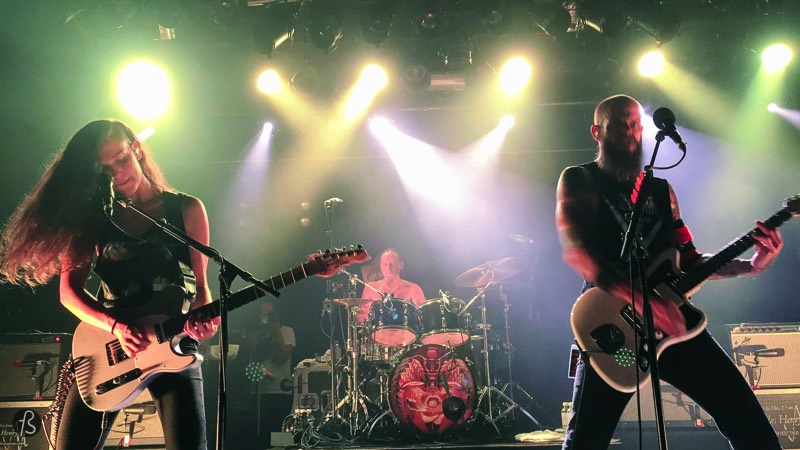
A Concert at SO36 and a few beers at Franken
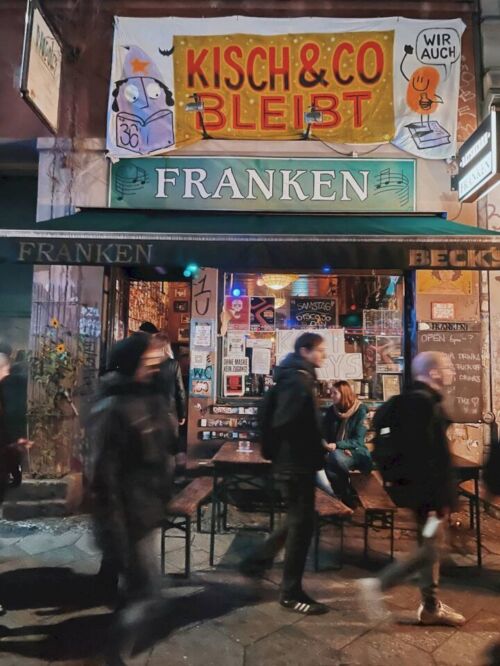
For some people, Berlin is a city historically connected to punk music. And SO36 can be one of the places responsible for this connection since it became the home of Berlin punk rock movement since it was founded in the late 1970s. David Bowie and Iggy Pop used to go there when they lived in Berlin.
I go to SO36 quite often to see some concerts from bands like Sepultura and every time I go there, I know I will spend the rest of the evening having some beers at Franken, my favorite bar in Berlin.
There’s always good music playing; the beers are cheap, and, in the summertime, you can sit outside and watch people go by on one of the busiest streets in Kreuzberg.
Wünsdorf Bunkers
Technically speaking, the bunkers in Wünsdorf are not in Berlin, but they are cool enough for me to add them to this list, and since they are just a 45-minute train ride away, I don’t think you will mind the distance.
These bunkers were a part of one of the largest military complexes during the Nazi Germany years, and Operation Barbarossa was planned there. In one of the many buildings there, General Eduard Wagner, the quartermaster-general of the German Army, committed suicide after a failed attempt to kill Hitler in July 1944. He was a member of the resistance to Adolf Hitler and arranged the airplane that flew Claus Von Stauffenberg from Rastenburg back to Berlin after the July 20 plot bomb had exploded.
The interesting part about this place is the presence of large bunkers that look like nature is trying to reclaim them. The Soviet Army sought to blow them up, but they couldn’t. Now, they are here as a statement of the mistakes made in the past, and I’m pretty sure they will be here for a while.
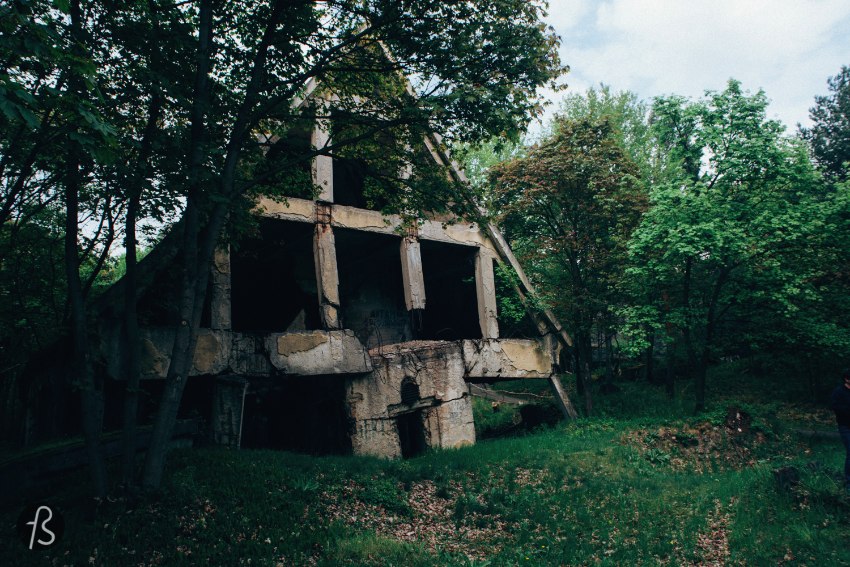
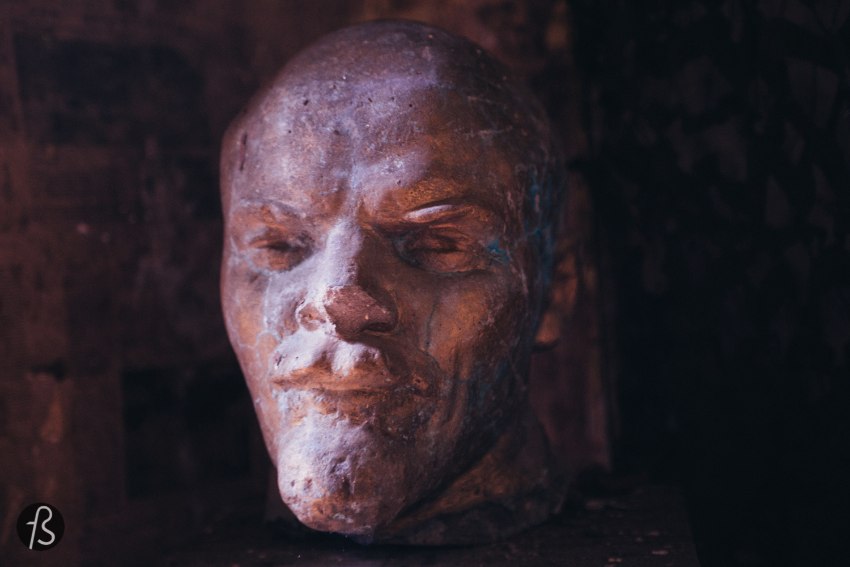
Brunch at Barettino
After some research, we spent a few weekends trying them out, and one of the locations we visited stood out from the crowd. The place is called Barettino, and their focaccias are to die for.
Barettino is an Italian cafe and restaurant north of Neukölln, close to Hermannplatz. They have breakfast food every day, from morning to the evening, and everything that I tried there is incredible. The bread, the brownies, the coffee… Yeah, you need to try this place.
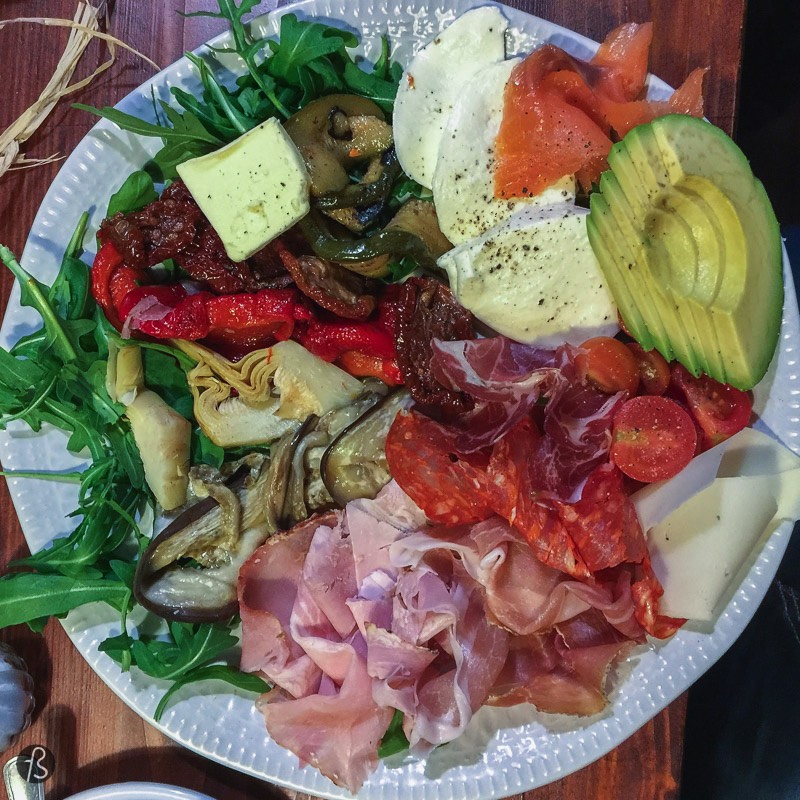
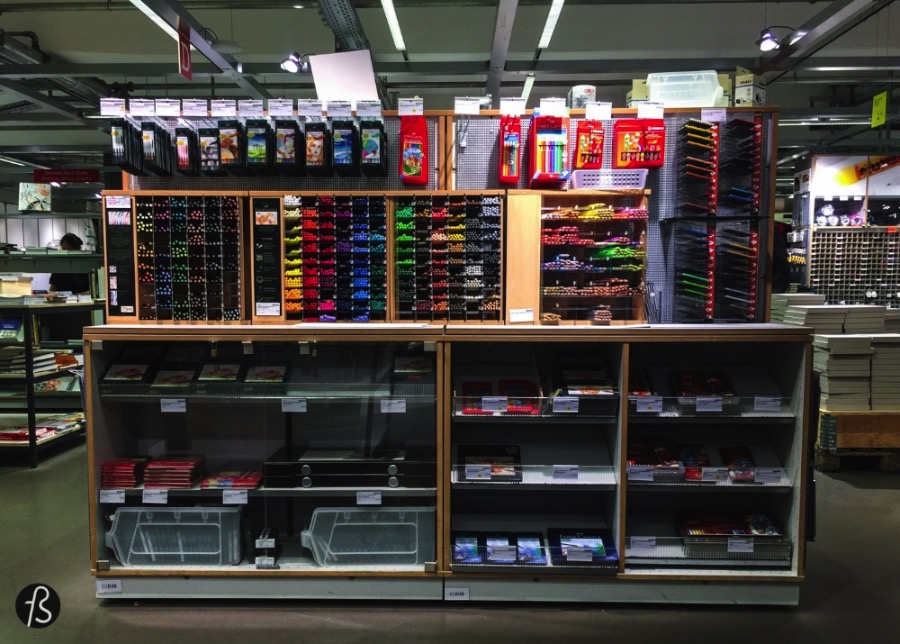
Modulor in Mortizplatz
As a designer, I have a thing for paper, pens, books, and most items related to office material. And every time that I need to get something new, I go to Modulor, a place that I like to describe as a heaven for designers, architects, and fans of DIY. But you don’t need to fit into these jobs to enjoy this massive Moritzplatz shop in Kreuzberg. The shop has more than 30.000 creative products; you’ll get lost there and enjoy every minute of it.
This is more like a place to shop than place to see in Berlin but you get the point.
German Food at Brauhaus Spandau
If you want to experience an authentic and original German brewery experience, you have to take a train and visit the Brauhaus Spandau in the western part of Berlin. They have fantastic German food, and a new beer specialty appears on the menu every month.
Whenever I go there, I get lost in the beer options, and I love it.
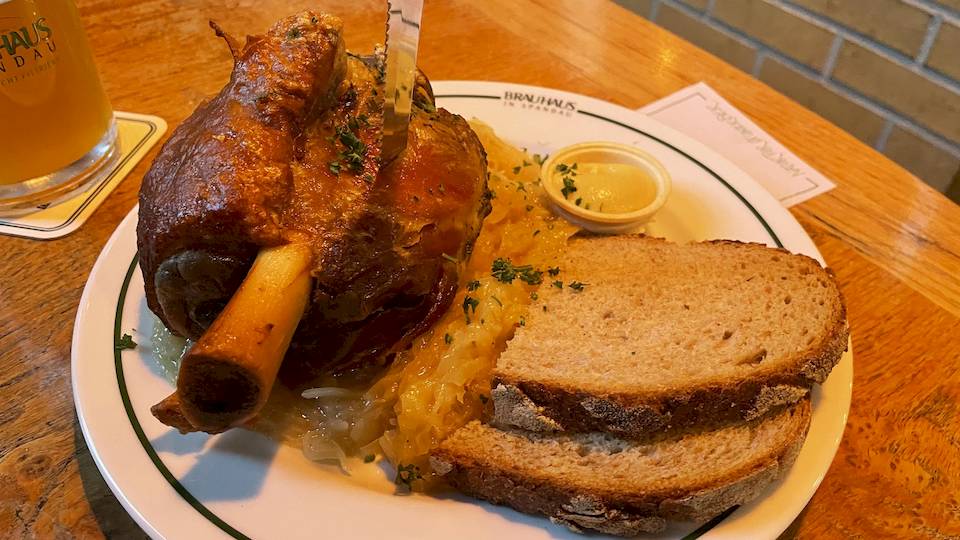
Soviet War Memorial on Schönholzer Heide
Most people who visit Berlin for the first time know about the Soviet Memorial close to the Brandenburger Tor. Some people know about the Soviet War Memorial at Treptow, but the one at Schönholzer Heide is somewhat forgotten.
This Soviet War Memorial is slightly different from the others you can find around Berlin since it is more like a cemetery. The Memorial is the final resting place of more than 13.000 Soviet soldiers who died during the Battle of Berlin, and its design is beautiful. If you want to see an example of the Russian presence in Berlin, this memorial feels less touristy, and the trip there is worth it.
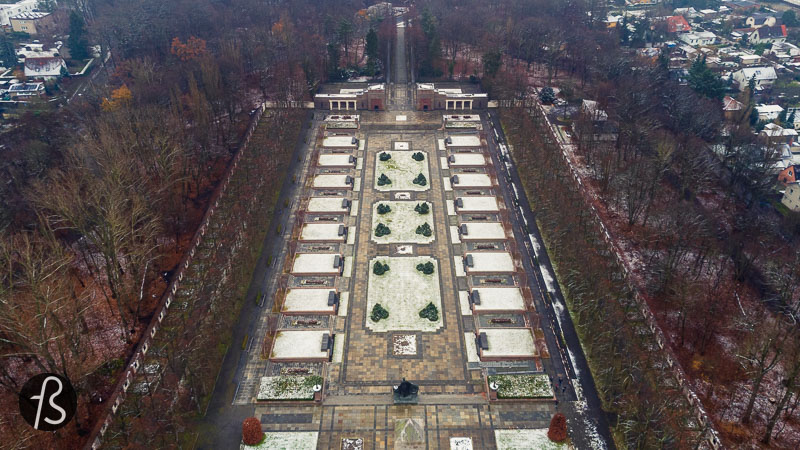
The Amazing Tempelhofer Park
A park in a place that used to be an airport? Yeah, this is what you will get once you visit Tempelhofer Park. First, the building was a part of Hitler’s plan to remodel Berlin and turn the city into his dream city. Later, it was used as the United States military base in Berlin and was central to the town during the Berlin Blockade in the 1950s.
Tempelhof Airport has been out of service since 2008, and its former airfield became Berlin’s largest park and one of the most prominent monuments in Europe. There you can take your bike and cycle to the airport, you can have a barbecue on the grass field, and there is even a Biergarten there so you can enjoy your day in the sun with a cold beer in your hands.
This is one of the essential places to see in Berlin!

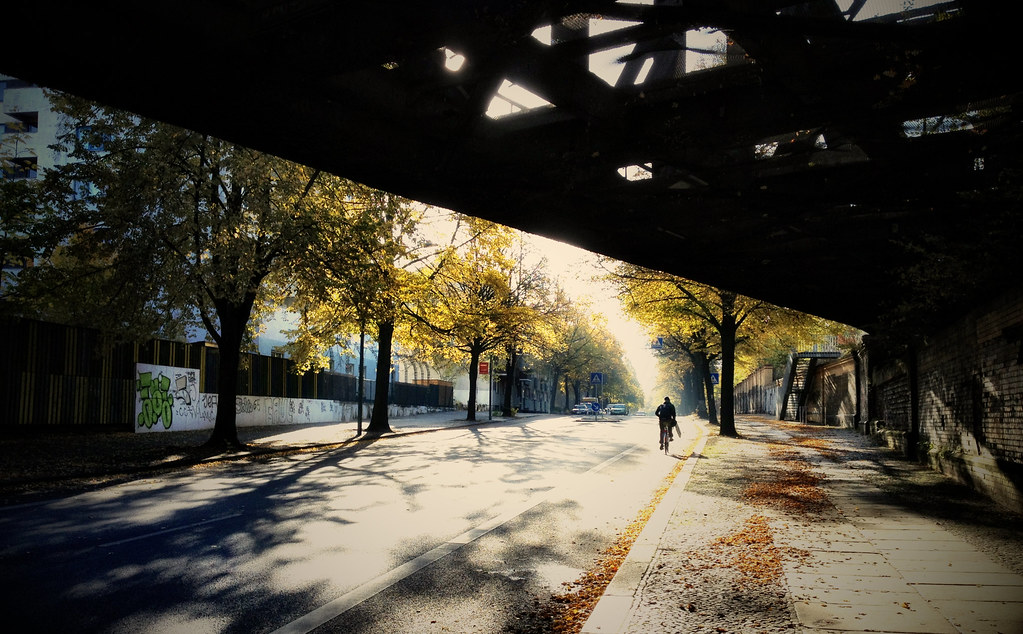
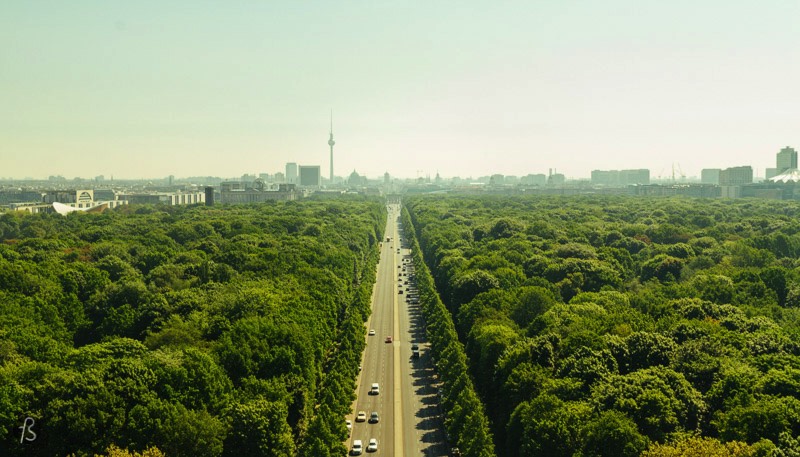
Victory Column
Built in 1864 to commemorate the Prussian victory in the Danish-Prussian War, the Siegessäule is located in the heart of Tiergarten. A golden statue that lays on top of the trees and has one of the best panoramic views of Berlin.
There are 285 steps on your way to the top of the Victory Column, which is not an easy task to complete. I did it a few times and always get to the top, wondering why I keep doing this to myself. When I reach the top and see the Brandenburger Tor, I remember why. You will feel the same once you enter the small viewing platform overlooking Tiergarten.
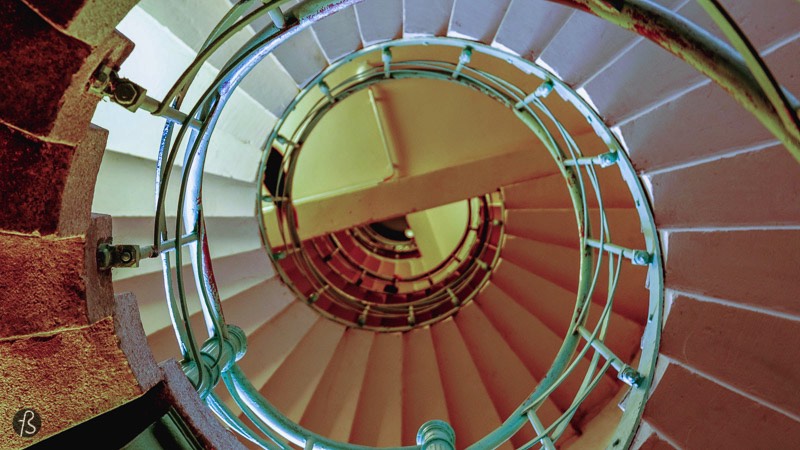
Buchstabenmuseum
There is a story online that Berlin has more than 200 museums. If this is true or not, we don’t know, but one of my favorite art museums in the city is known as Buchstabenmuseum, but I like to call it the Museum of Letters. I want to call it like that because, inside the building, you will see many neon signage from Berlin and around the world.
The Buchstabenmuseum is placed on preserving, restoring and exhibiting signage. They do this to show the public the unique typographic qualities of those huge letters you see in every big city. If you like design, this place is a must.
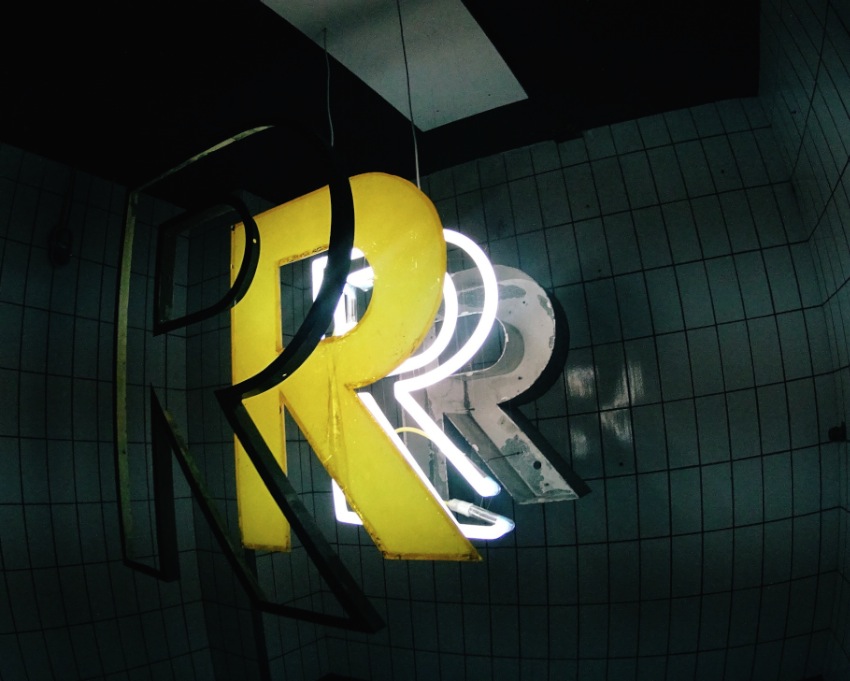
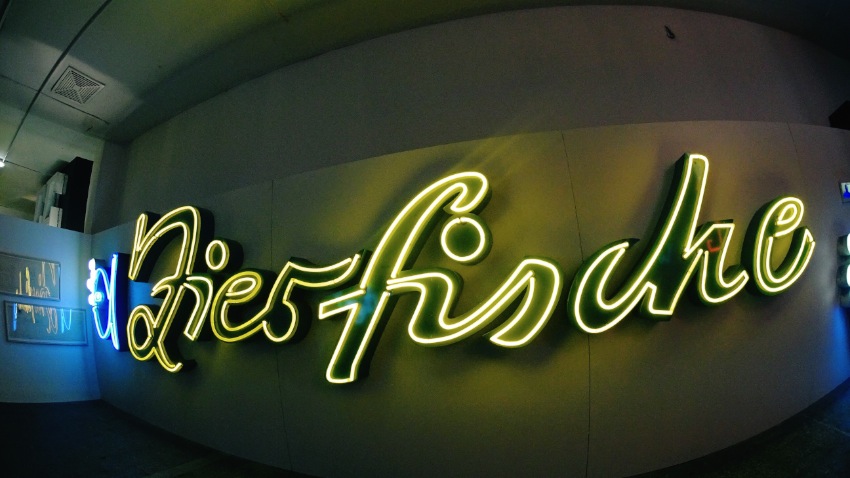
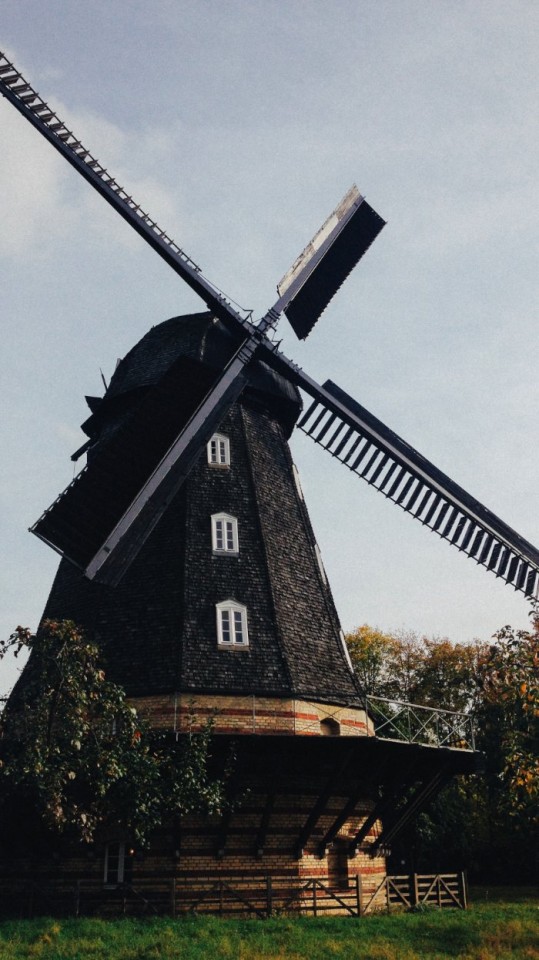
Britzer Muhle in Neukölln
One day, I was cycling around Neukölln and decided to see if I could reach Brandenburg. In the middle of my way there, I was surprised by what I thought was a windmill. I stopped my bike, cycled a little back, and found Britzer Muhle there.
Britzer Muhle is one of the eight remaining windmills that can be found in Berlin and the only surviving windmill in Britz. There, you can buy bread made at the mill, and there are tours from Friday to Sunday, from 11 to 16.
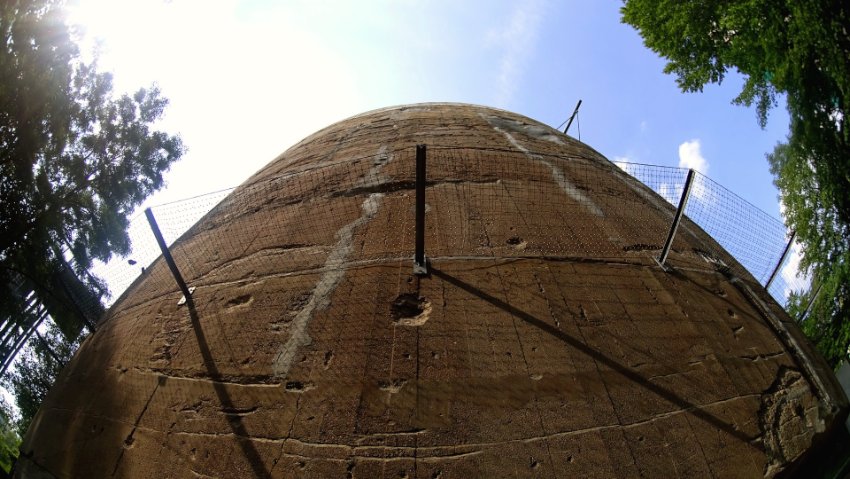
Schwerbelastungskörper
When you have megalomaniac plans for a city as big as what Hitler thought that Germania would be, you have to prove that all those massive buildings could be built in a sandy city like Berlin. Because of that, a substantial concrete cylinder was constructed as a feasibility study. A study with more than 10.000 tons of concrete.
What I like about the Schwerbelastungskorper is that these are the few pieces of Hitler’s dream city that remain in Berlin. For me, this is a monument to the absolute failure of the Second World War and is why I love bringing people there.
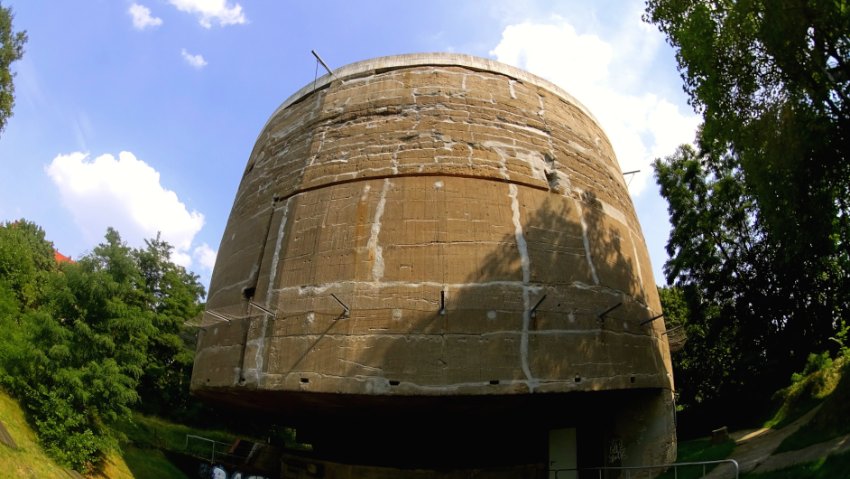
Giant Penis on Rudi Dutschke Straße
Most people who go to Checkpoint Charlie ignore one of Berlin’s most bizarre landmarks. Just one block away is where you will find the enormous penis relief of former Bild editor Kai Diekmann.
This weird sculpture takes the entire side of the Tageszeitung Building, a traditionally left-wing newspaper that never liked how Kai Diekmann handled the news. They protested it with art, a sculpture called Peace be with you by Peter Lenk. Yeah, this is for real.

Garten der Welt
It was quite a surprise for me when I discovered that Marzahn-Hellersdorf is one of the greenest areas of Berlin. I never thought about that, so it might feel a little stupid. But I was astonished when I learned about the Garten der Welt with its thematic gardens from the Orient, Asia, and Europe.
Garten der Welt is one of the most extensive green spaces in Berlin, and its international gardens are one of the many reasons you need to take an S-Bahn to Marzahn. Also, the Internationale Gartenausstellung 2017 is happening, and you can see how beautiful it looks since we published an article about it in 2014.

East German Watchtower on Potsdamer Platz
Sometimes, I think that I know Berlin quite well and that this city cannot surprise me that easily anymore. But, of course, Berlin likes to prove me wrong. This city amazes me almost every day, and this is how I felt when I realized there is an East German Watchtower on Potsdamer Platz.
This East German Watchtower on Potsdamer Platz is one of the last historical relics open to the public, and a visit to it gives you a better perspective about how the city was split in half with the Berlin Wall. Go there and climb to the top like the East German soldiers used to do just a couple of decades ago.

Rosenstrasse Protest Memorial
Next to Alexanderplatz, there is a monument that most people who have lived in Berlin for a long time don’t even know exists. This monument is there to remember the hundreds of unarmed German women that stood day and night for a week doing something unheard of in Nazi Germany; they demanded the release of their Jewish husbands. And Hitler let them go to become the last Jews living in Berlin.
The Rosenstrasse Protest Memorial is called Block der Frauen and is the work of an East German sculptor called Ingeborg Hunzinger, who proposed the memorial in the late 1980s and ended up paying for most of the construction cost from her pocket.
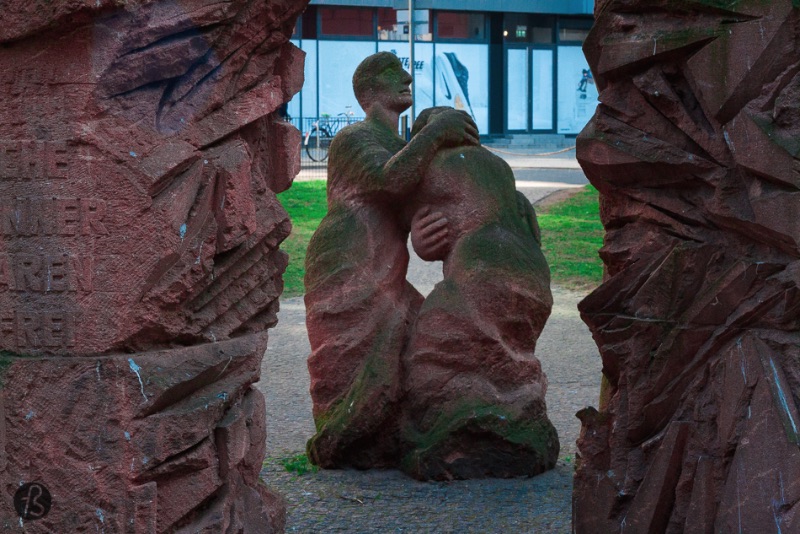

Do you read me?! in Mitte
If you like magazines and books as much as I do, you will find happiness inside Do You Read Me?!, another piece of heaven for designers in Berlin. Founded by Jessica Reitz and Mark Kiessling in 2008 because they couldn’t find the international magazines they wanted to read, this shop in Mitte solved this problem.
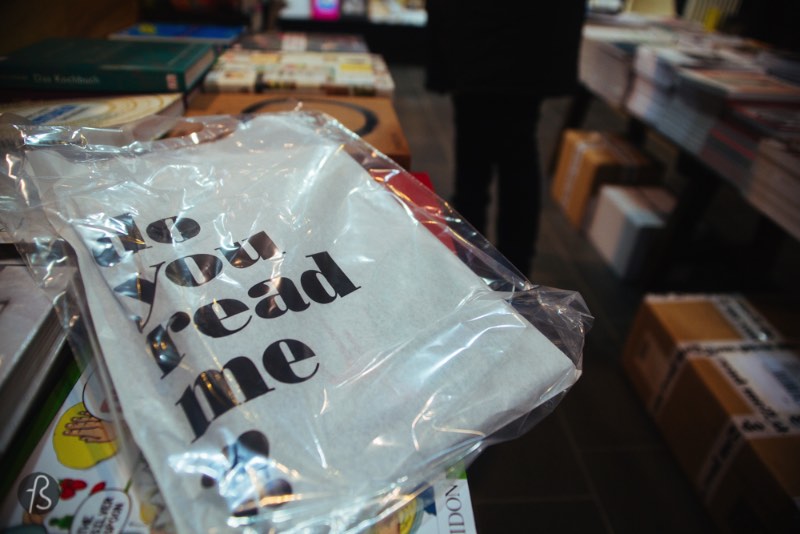
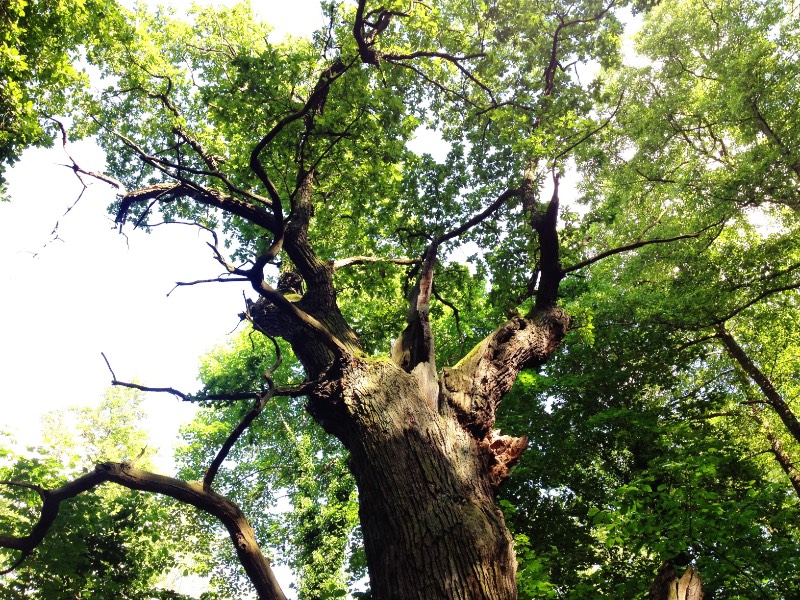
Dickie Marie in Tegel
Close to Tegelersee is where you will find a large tree that, according to some people, is 900 years old. This tree is called Dicke Marie, and it got the name of a couple of boys who used to live nearby at Schloss Tegel.
Those kids grew up with Alexander and Wilhelm Von Humboldt. The tree is so famous that in 1778, Johann von Goethe honored the Oak with his visit.
Imrem Döner at Rathaus Neukölln
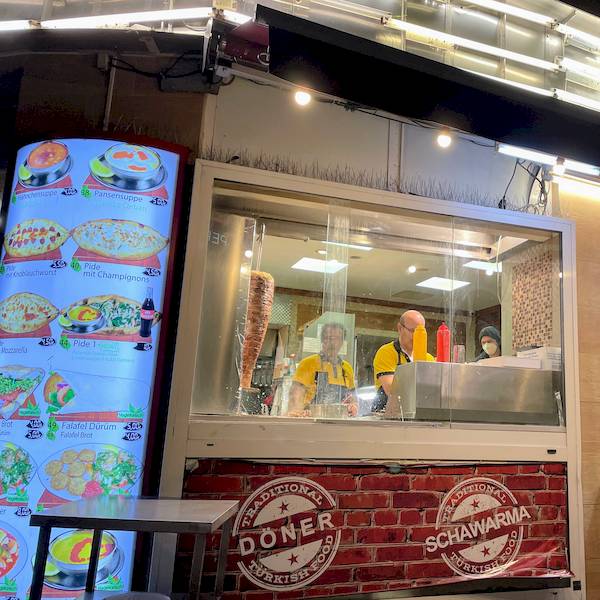
Everybody in Berlin knows a place they believe to be the best döner in the city. I’m one of those people, and I think the best döner in Berlin can be found in a corner at Rathaus Neukölln in Imrem Grill. Their meat is fantastic, their spicy sauce is even better, and you don’t need to wait in a long queue like an asshole to eat this one. Go there and prove me right.
Lilienthal Park
There is an unexpected sight hidden among suburban streets in the south of Berlin. To some people like me, it looks like an ancient burial ground from an alien-like civilization, but the truth is even better since this is Lilienthal Park, a part of the memorial park to Otto Lilienthal, one of Germany’s aviation pioneers.
In the middle of the park you’ll find the Fliegeberg, a hill that is part of the aviation history in Germany since it was there that, in 1894, Otto Lilienthal started doing his gliding experiments in Berlin. The park is quite beautiful in the fall as you can see in the pictures here.
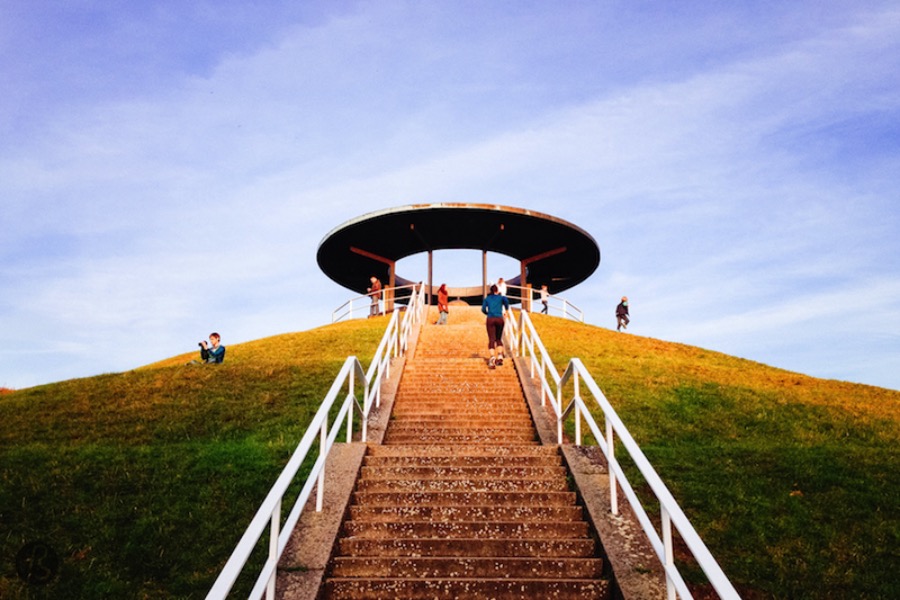
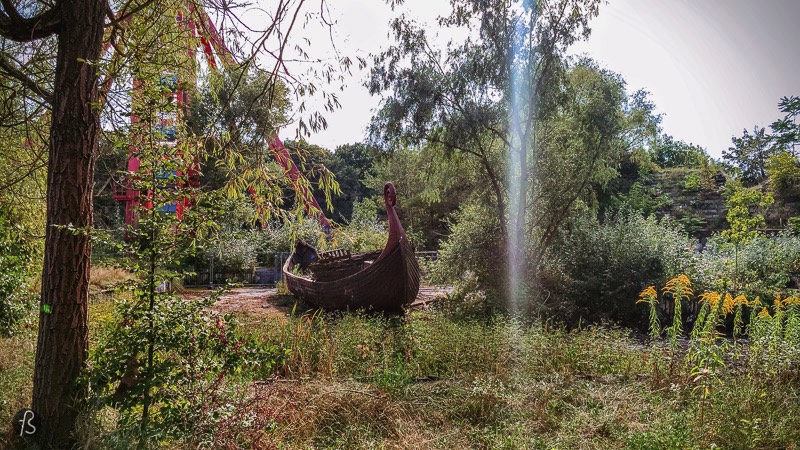
The Abandoned Spreepark
The first time that I saw the Spreepark was in the movie Hanna. At first I thought it was just a huge film set and, after some research on IMDB, I realized that I was wrong. Spreepark is an abandoned amusement park located in the north part of Plänterwald, a district southeast of Berlin.
Spreepark opened its door to the people of East Berlin as Kulturpark Plänterwald in 1969, and it continued as the only amusement park on both sides of Berlin until 1989. After the reunification of Germany in 1991, the park changed hands and it was renamed Spreepark. After some problems with drug trafficking and a lot of debt, the park closed its doors in August 2002, and it has been closed since then.
In 2014, the city of Berlin bought the Spreepark and plans to reopen it in 2018. Nobody knows for sure what will happen then, but many ideas are floating around. But, after the massive failure of the BER airport, most people don’t hope to see something there anytime soon.

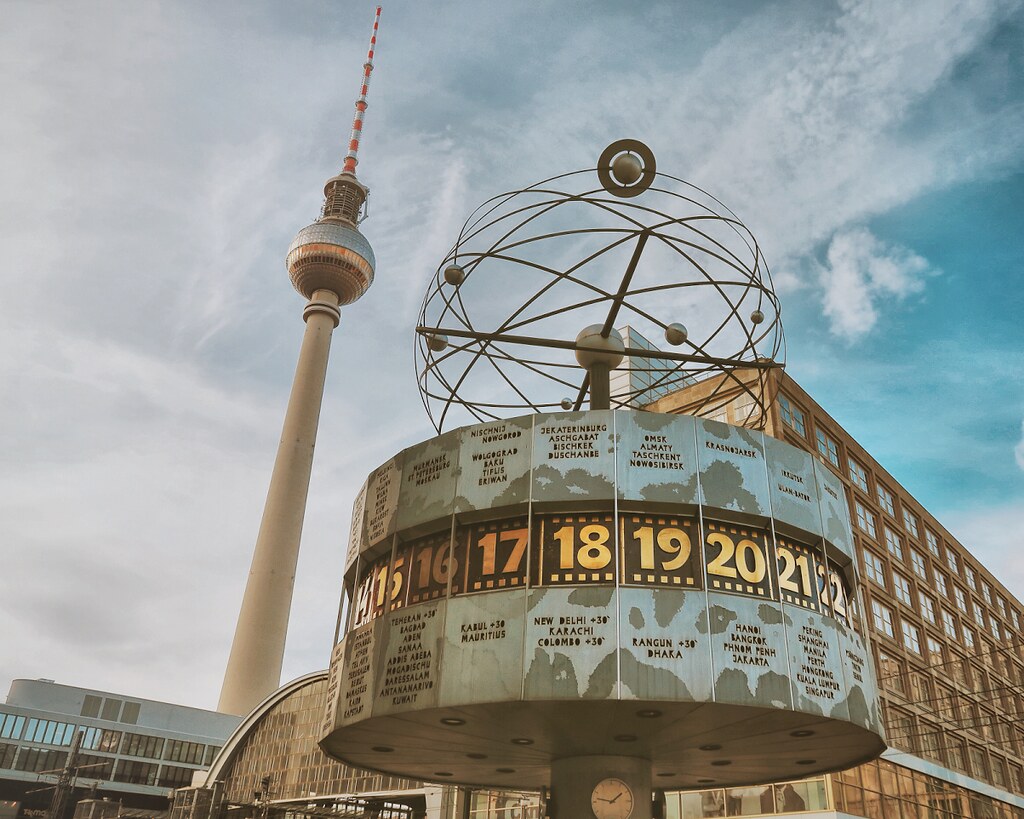
Treptower Park Soviet Memorial
The Berlin Soviet War Memorial in Treptower Park is the biggest of the three war memorials the USSR left in Berlin after the end of the Second World War. It looks massive, and it surprises everyone I bring there since the neighborhood where this is located often doesn’t even show on the tourist maps you can find around Berlin.
But this is one of the most exciting places to see in Berlin since it shows another part of the Soviet influence in the city and their will to leave something behind to remember those who died during the last days of the Second World War at the Battle of Berlin.
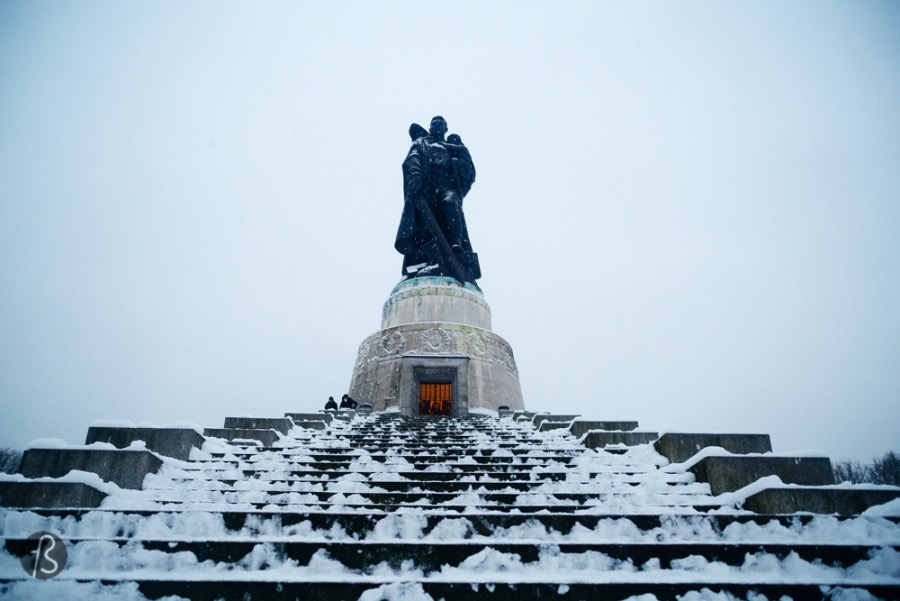
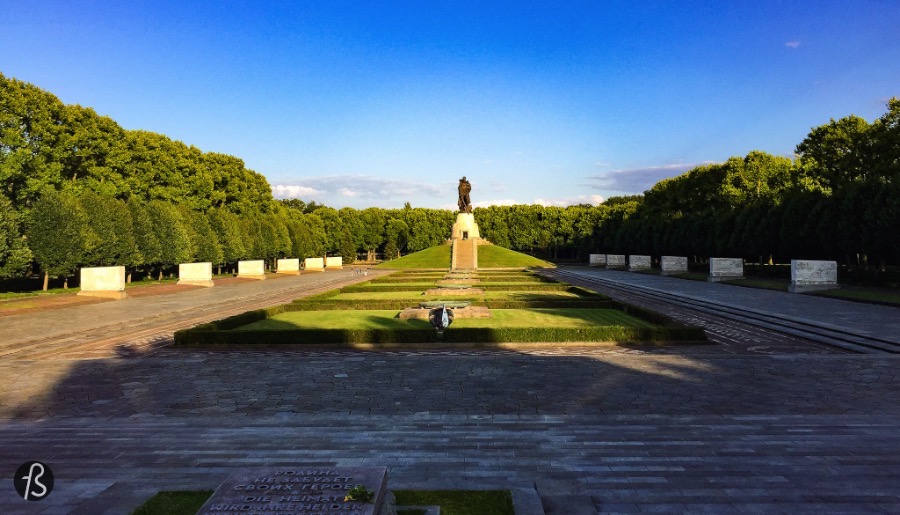
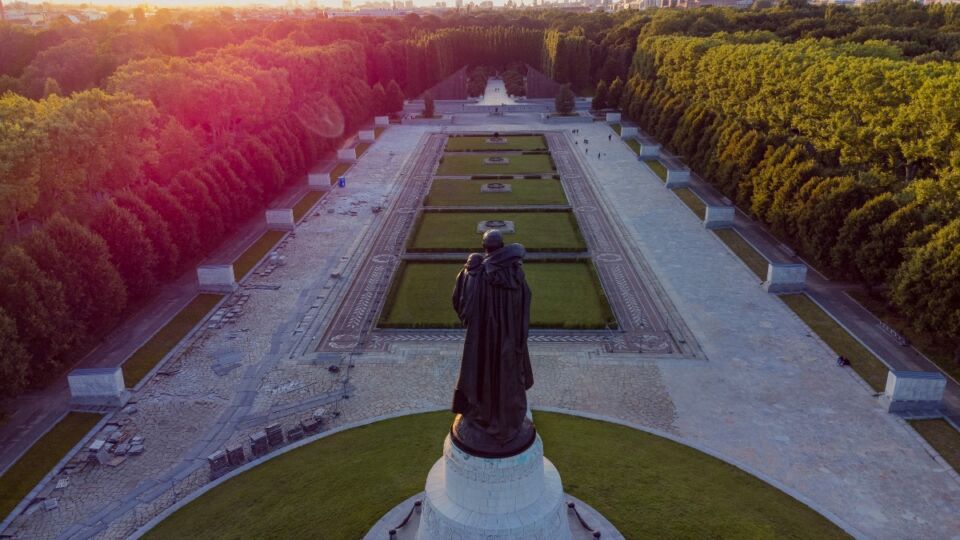
Güterbahnhof Pankow-Heinersdorf
There are no trains at the Güterbahnhof Pankow-Heinersdorf, but they used to come here a lot before somebody figured out how to make them drive in the other direction. This place used to be valid before technology turned it into something obsolete.
Nowadays, the Güterbahnhof Pankow-Heinersdorf is one of the only remaining buildings with this history in Germany while it sits rotting between a road and some train tracks.
The Rundlokschuppen is the first thing you see when you enter the Güterbahnhof Pankow-Heinersdorf. This used to be a hub for trains to turn and go in the other direction. Besides that, everything else is just decaying there. But, if you always wanted to go on an urban exploration photography trip, this might be the place since it’s so easy to get there.
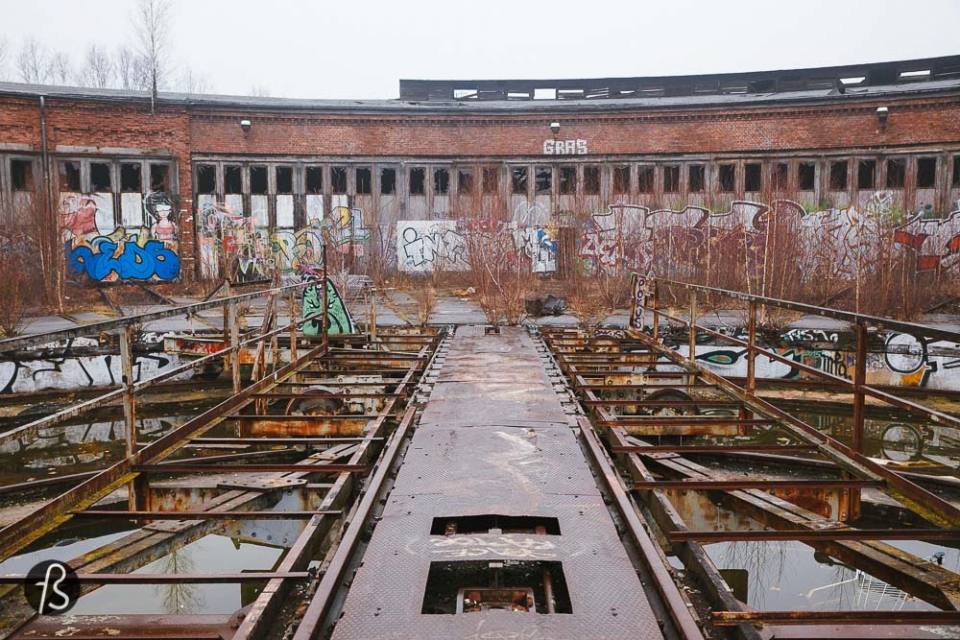

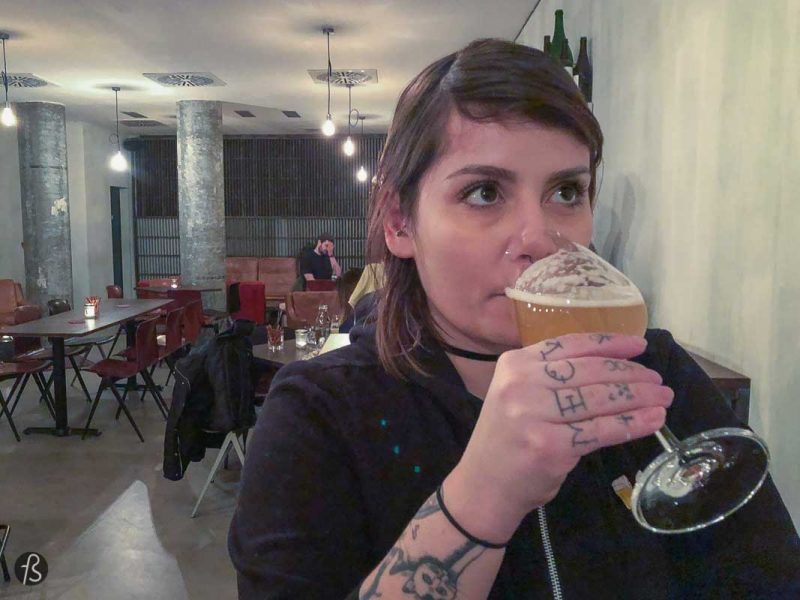
Muted Horn
Muted Horn is like my go-to craft beer spot in Berlin. It’s close to where I love, but it took me a bit to stumble upon it. Probably because it blends in with the low-key glass and brick front, sandwiched between a discount supermarket and a mosque on the bustling Flughafenstrasse.
If you’re strolling from Rathaus Neukölln to Tempelhof, just watch for the neon Muted Horn sign – it’ll guide you to a treasure trove of excellent beers. They’ve over 20 beers on tap that are constantly switching up, plus over 80 bottled options.
It might seem like a lot to take in, but no stress – everyone at the bar is chill and friendly. Just enjoy the brews!
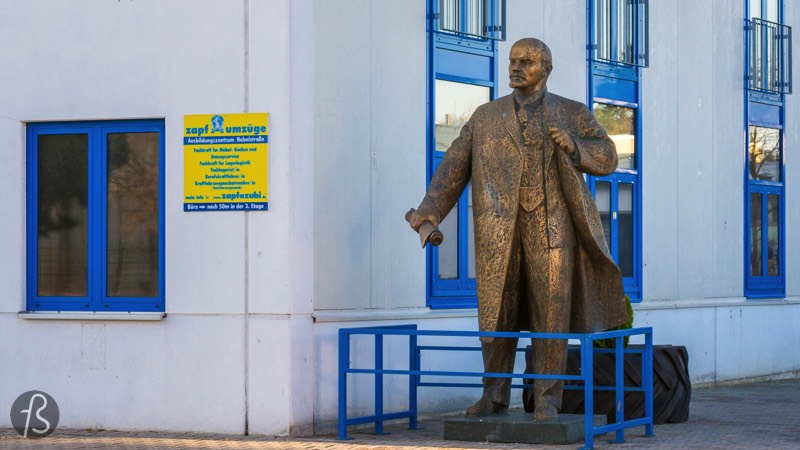
Lenin Statue in Neukölln
If you walk between trucks and factories in the industrial park south of Neukölln, you may stumble upon the only Lenin statue in West Berlin.
Something that doesn’t make that much sense to me, but… This is for real.
There is a Lenin statue in the parking lot of a transport company in an industrial park in Neukölln. I went there to see it with my eyes, and you should do this too.
German-Russian Museum in Karlshorst
During the last century, a lot of history happened in Berlin, and this is why, occasionally, I come across something unexpected in one of my bike rides across the city. During one of these trips, I found myself in the back streets of Karlshorst, looking for a building where the recent history of the world changed.
In this inconspicuous building, the unconditional surrender of the German Army was signed, marking the end of the Second World War in Europe. Today, this place is the German-Russian Museum.
On a night back in May 1945, history was being written there. A little more than 70 years ago, the unconditional surrender of the German Wehrmacht was signed, and this is the building where it happened. Today, this museum shows the history of the Second World War and focuses on the country that lost more lives during that war, the Soviet Union.


Walking around Rixdorf
In early 2012, I didn’t know anything about Neukölln, but this neighborhood became my home since it was the only place I managed to get an apartment. Because of that, I spent most of my free afternoons exploring the area I would call home from now on.
This is how I found Rixdorf, a small part of old Berlin in the heart of Neukölln. A place filled with history and cobblestone streets where traffic noise disappears, and something that looks more like a village starts to appear. In a square called Richardplatz, there is even a blacksmith workshop showing the area’s history. There is also a restaurant with the best schnitzel I have ever had in Berlin, but I need to discuss this in another article.
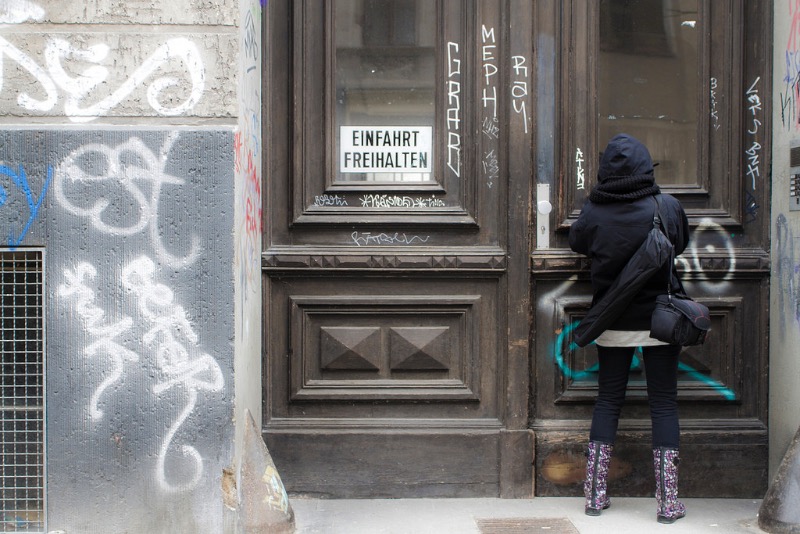
Tegel Murals
On the south shores of Tegeler See, there is a street called Neheimer Strasse with a few tall buildings covered with gigantic murals with crazy colors. These murals are part of the One Wall Mural Project organized by the guys at Urban Nation, who bring art and refresh neighborhoods in need of positive light and something to fill the people of the area with something cheerful.
I was there in late 2016 to see a controversial “bloody refugee” mural and a giant blue bird that kept popping up on my Instagram feed.
I took my bike there and discovered they were not alone there. There is a lot of street art close to the Neheimer Strasse Murals, and when they change the murals again, I know I will have to drag my bike up there again.
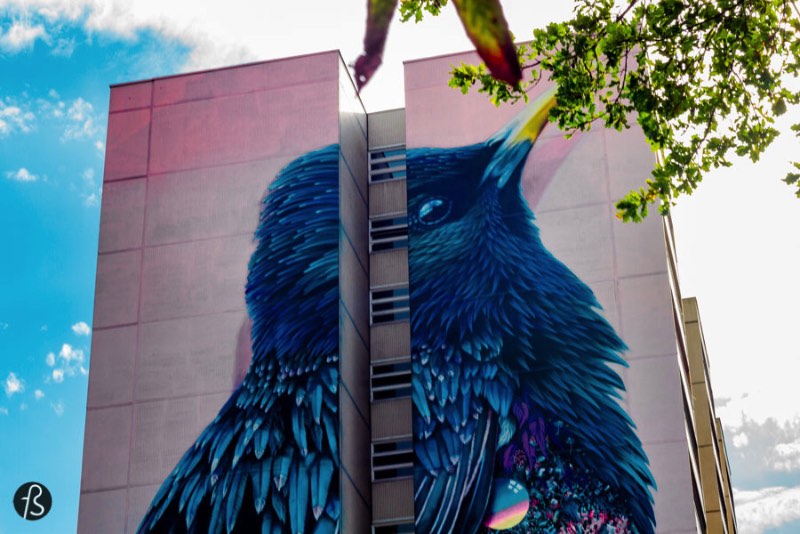
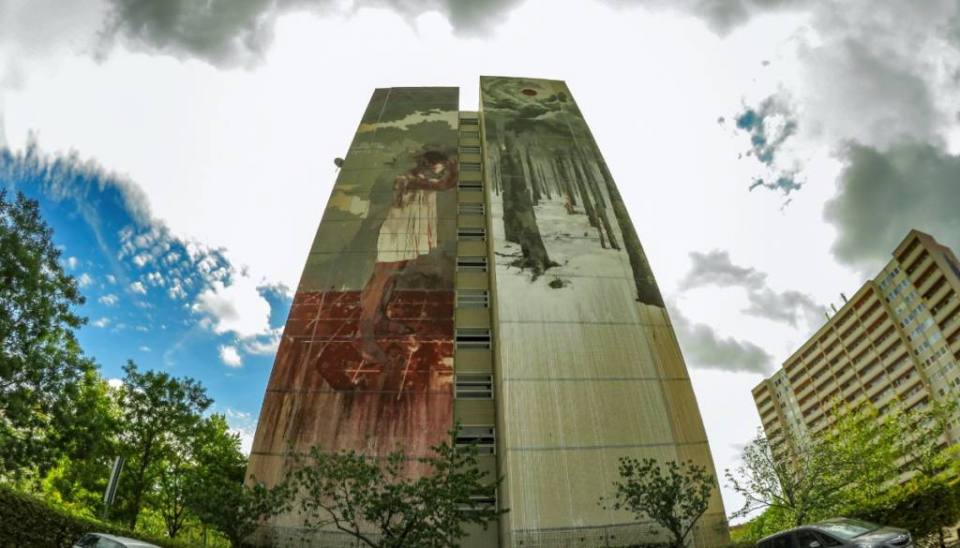
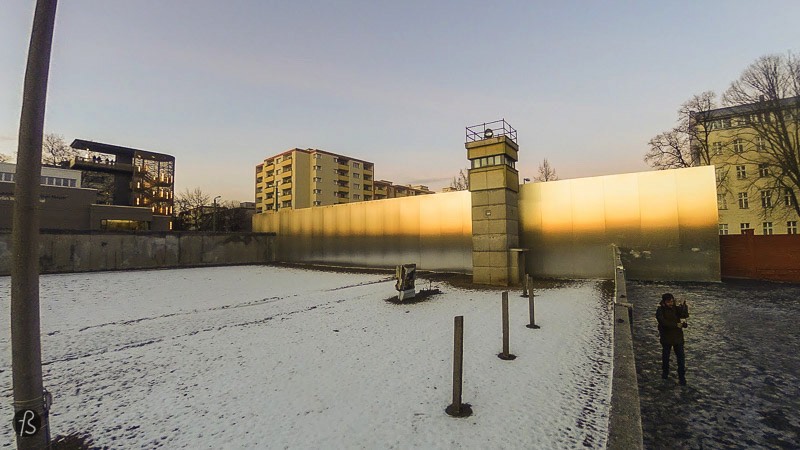
Berliner Mauer Memorial
Barbed wire took the streets of Berlin in August 1961 while soldiers protested those who were building what became known as the Berlin Wall. A lot of action happened in the corner of Bernauer Straße, where today you can find the Berlin Wall Memorial. The wall stood between the neighborhoods of Mitte and Wedding; suddenly, there was a barrier between two sides of the same street. Two countries were divided by a wall.
Known in German as Gedenkstätte Berliner Mauer, this is the best place to understand how the Berlin Wall came to exist and how the city changed. Their permanent exhibition shows how people in East Berlin dig tunnels trying to reach the other side and how some people decided to use improvised ropes to climb out of their windows.
This museum is a must-see for those interested in the Cold War and wanting to learn more about the Berlin Wall.
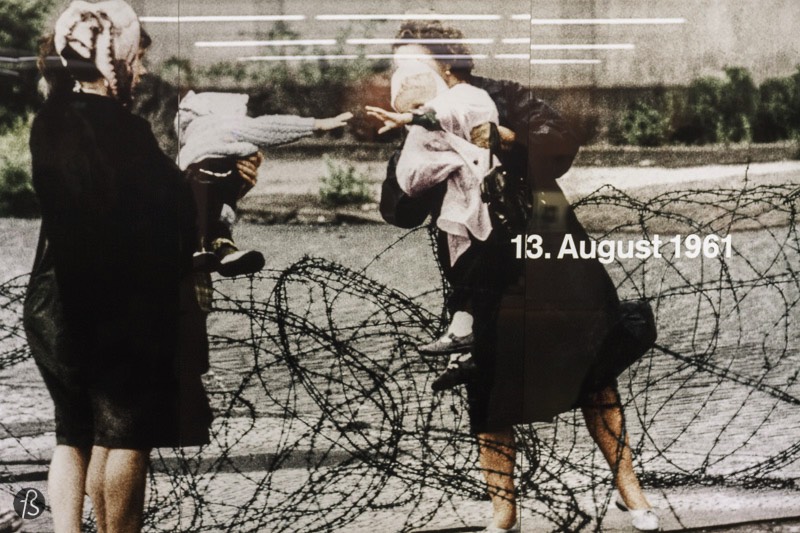
Körnerpark in Neukölln
Generations of Berliners have been to Körnerpark, enjoying themselves in this oasis of peace amid a hectic Neukölln.
People go there to play football, to run, walk, relax, picnic, and you can find me there, sitting next to the water, enjoying the day. In 2016, this Neukölln hidden gem celebrated its 100th year birthday, and you don’t have any excuse to go there and see what I’m talking about.
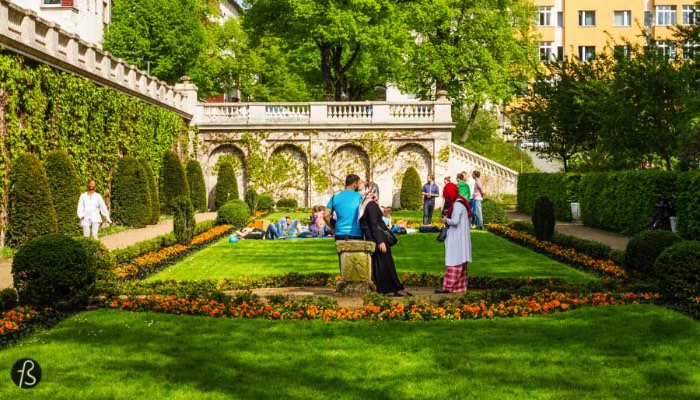
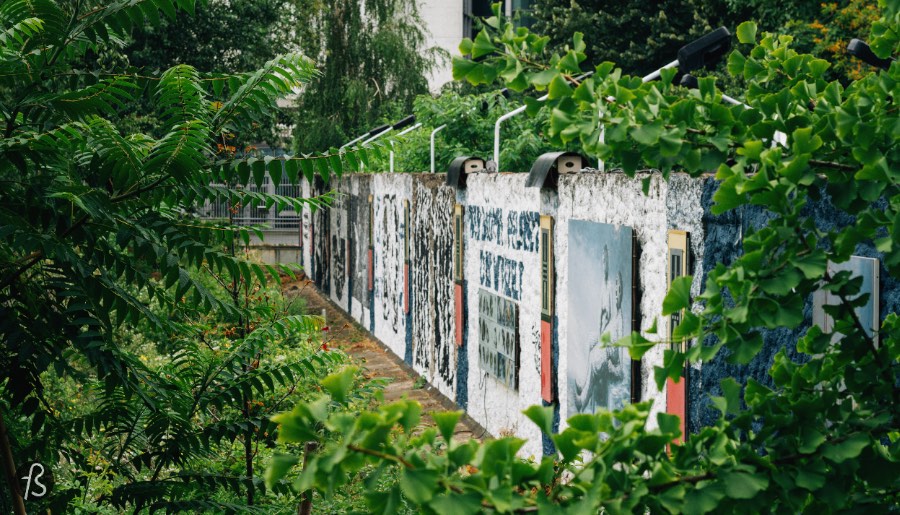
Parliament of Trees against Violence and War
There is a place close to the Bundestag with one of the area’s only remains of the Berlin Wall. Called Parliament of Trees against War and Violence, this is a memorial to those who died trying to cross the Berlin Wall, and it was created by Ben Wagin, a performance artist who has been living in Berlin since 1957.
Dörferblick at the edge of Berlin
Dörferblick is an 86-meter-high mountain made of the debris of the houses and buildings destroyed during the Second World War in Berlin. Located on the border between Rudow and Brandenburg, this is one of my favorite places to see Berlin since you see it from a unique angle.
You can see the former Schönefeld Airport and the infamous and the BER Airport.

The view from the Park Inn Hotel Alexanderplatz
Sometimes, I tell friends that the best place to see Berlin from above is not the TV Tower in the middle of Alexanderplatz. At least for me, the best place to see a panoramic view of Berlin is the Park Inn Hotel Alexanderplatz Viewing Platform. From the 40th floor, you can spend time trying to find all the buildings you see in your daily life in Berlin.
The Park Inn at Alexanderplatz is right in the middle of the city, with one of Berlin’s highest viewing points since the building is the second tallest in the German capital. On the viewing platform, you’ll have a little less than 180 degrees complimentary view from Berlin.
You’ll see how the city changes from pre-industrial buildings coming from the north to a booming modern city close to Alexanderplatz. In front of you will be the TV Tower and your pictures will look fantastic if you arrive there around sunset, as I did on my last time visiting it.
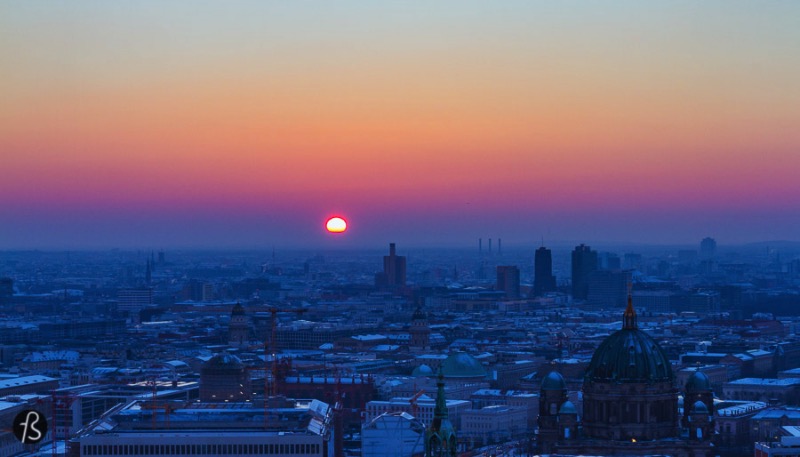
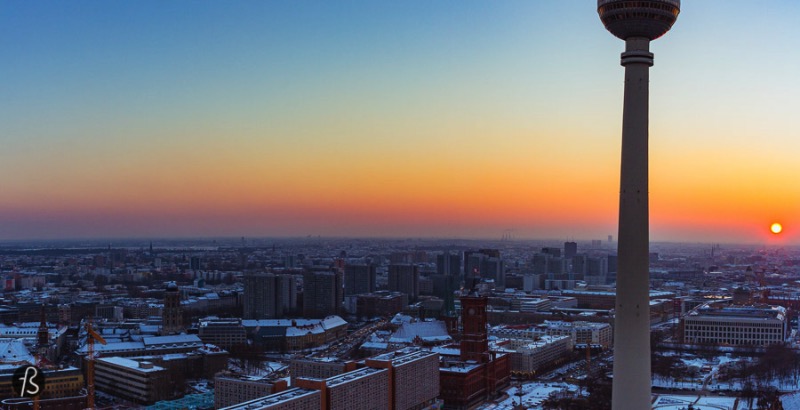
Berlin Bunkers
Berlin still carries a lot of scars from a war that ended more than seventy years ago. Sometimes, you can see it on the walls of some old buildings; sometimes, you see this on the air shelters that are spread around and exist today. Berlin Bunkers are everywhere, and it became my hobby to try to find them, photograph them, and share their story with the world.
One of the most famous ones is an art bunker that hosts the art collection of Christian Boros and can be found in Mitte. In Friedrichshain, next to a club called Cassiopeia, you can get a bunker that became a climbing tower. In Schöneberg, a building surrounds the Hochbunker Pallasstraße that became famous in 1987 as one of the locations from the movie Wings of Desire by Wim Wenders. In Wittenau, twin bunkers became a car repair shop. T
There are too many of them, and people reclaim them in the best way possible.
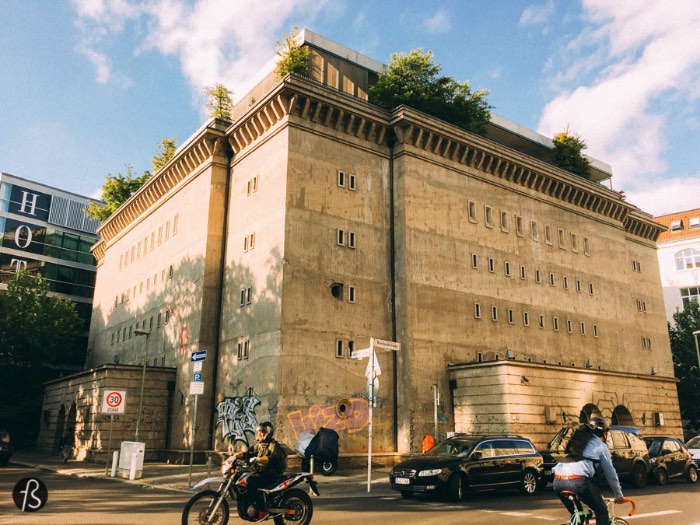
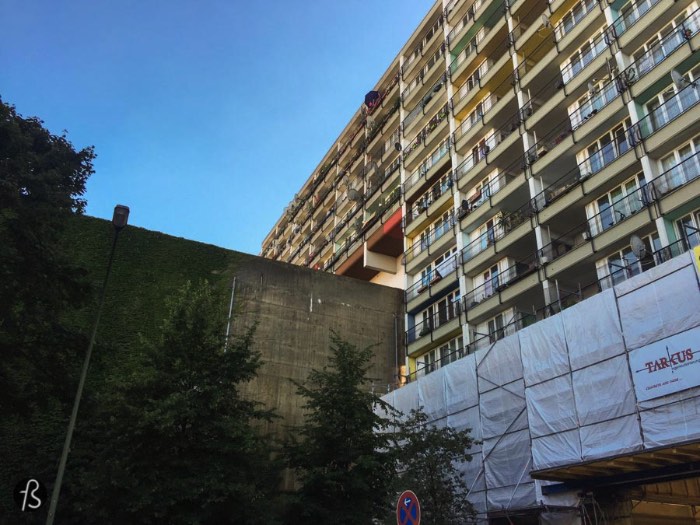
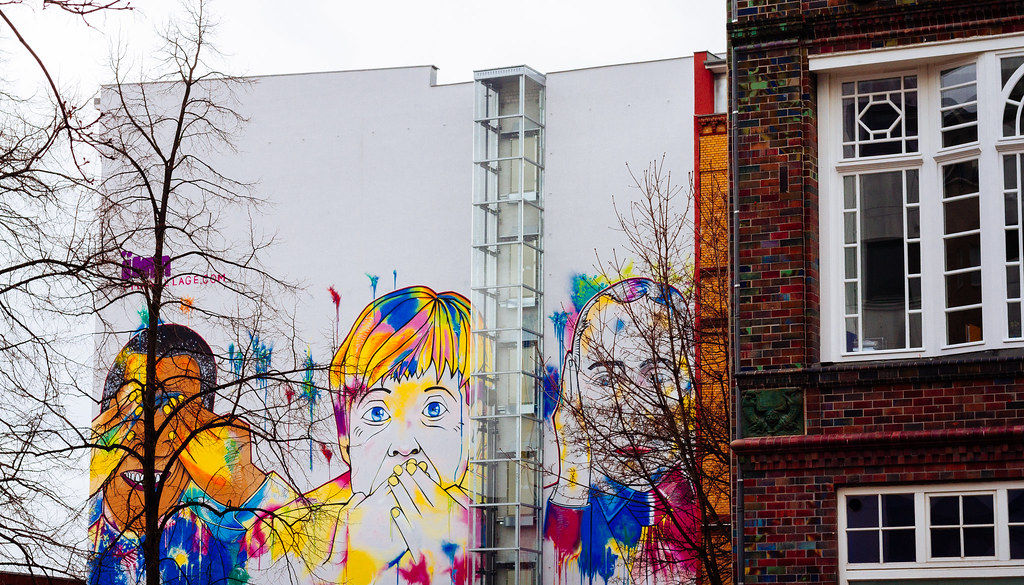
The list above includes more than 52 places you can explore in Berlin annually. One for each week contains museums, bars, parks, and the most amazing places to see in Berlin.
If you think I forgot a place that you find incredible, drop a comment below, and I will try my best to visit it and maybe even add it to a future list.